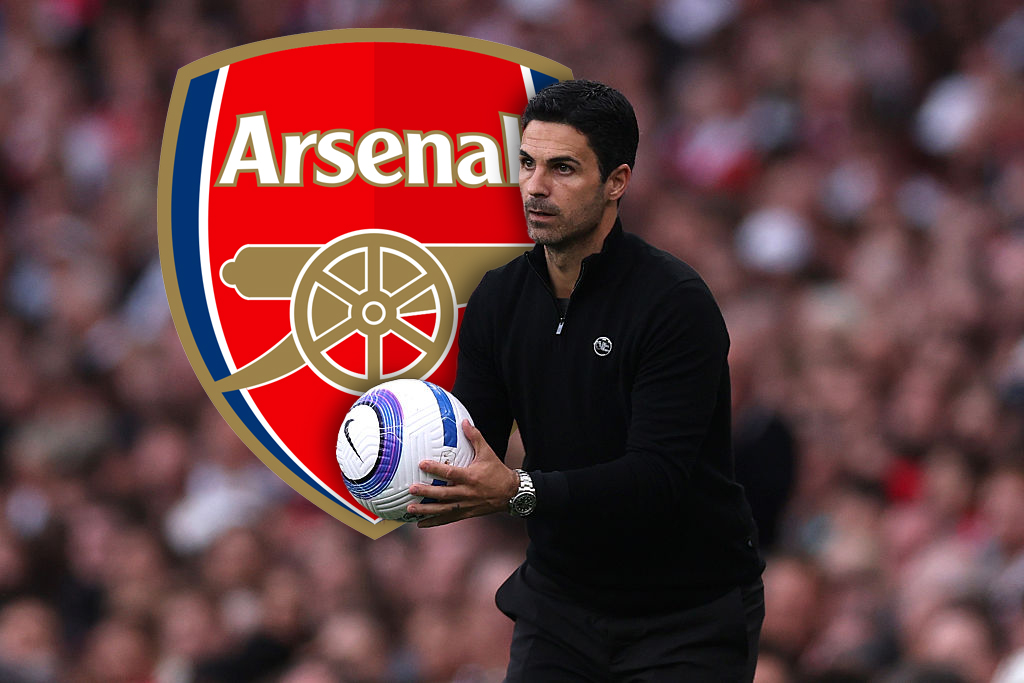Big European cities with one major football club
There are no crosstown rivalries where these teams are concerned
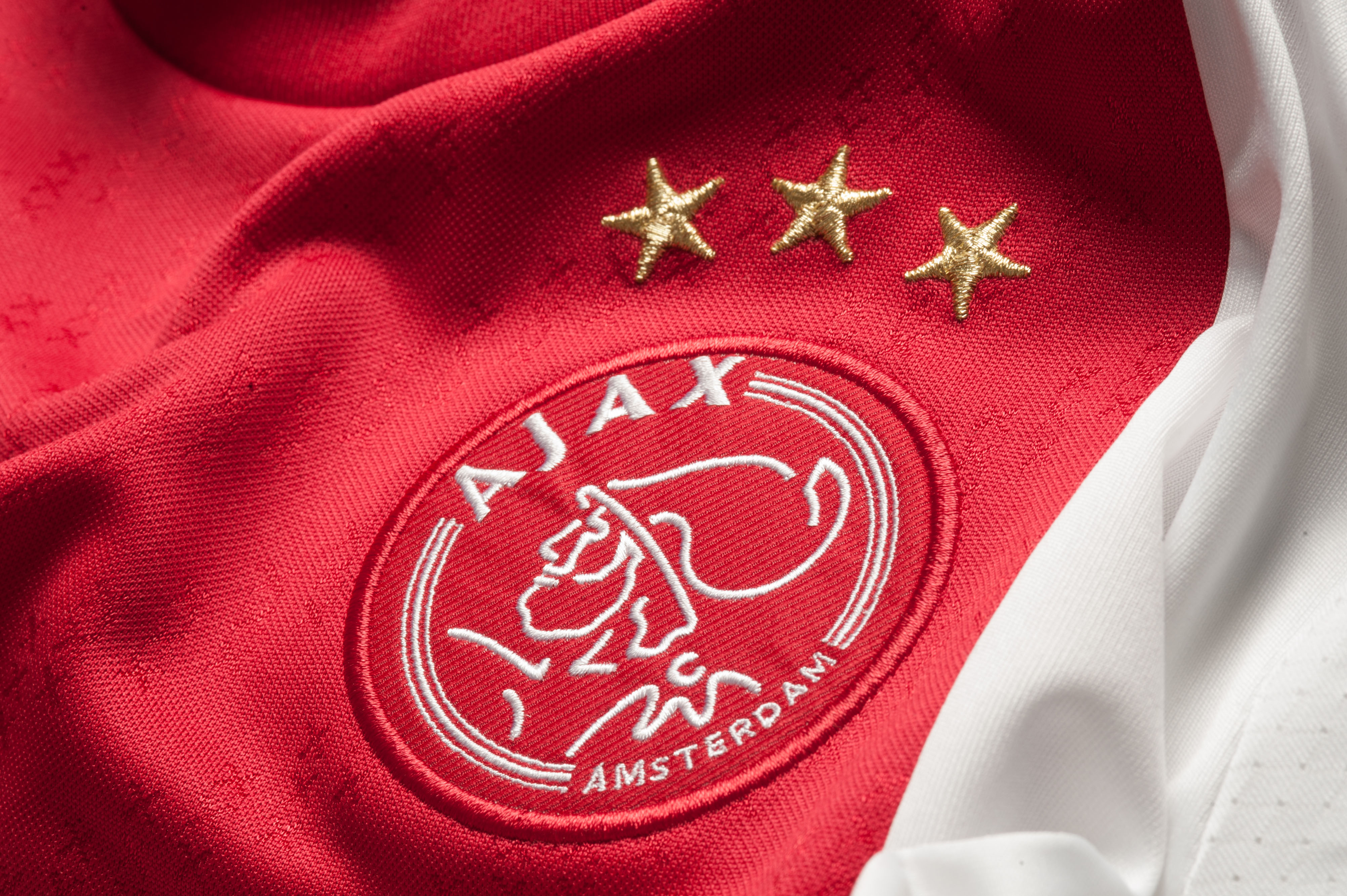
Some towns ain't big enough for two major football clubs, it would seem...
Each of the places listed here has a population of at least 250,000 – but they all have just a single top team.
From Yorkshire to the Mediterranean via the Canary Islands, we take a look at some of the biggest one-club cities in Europe.
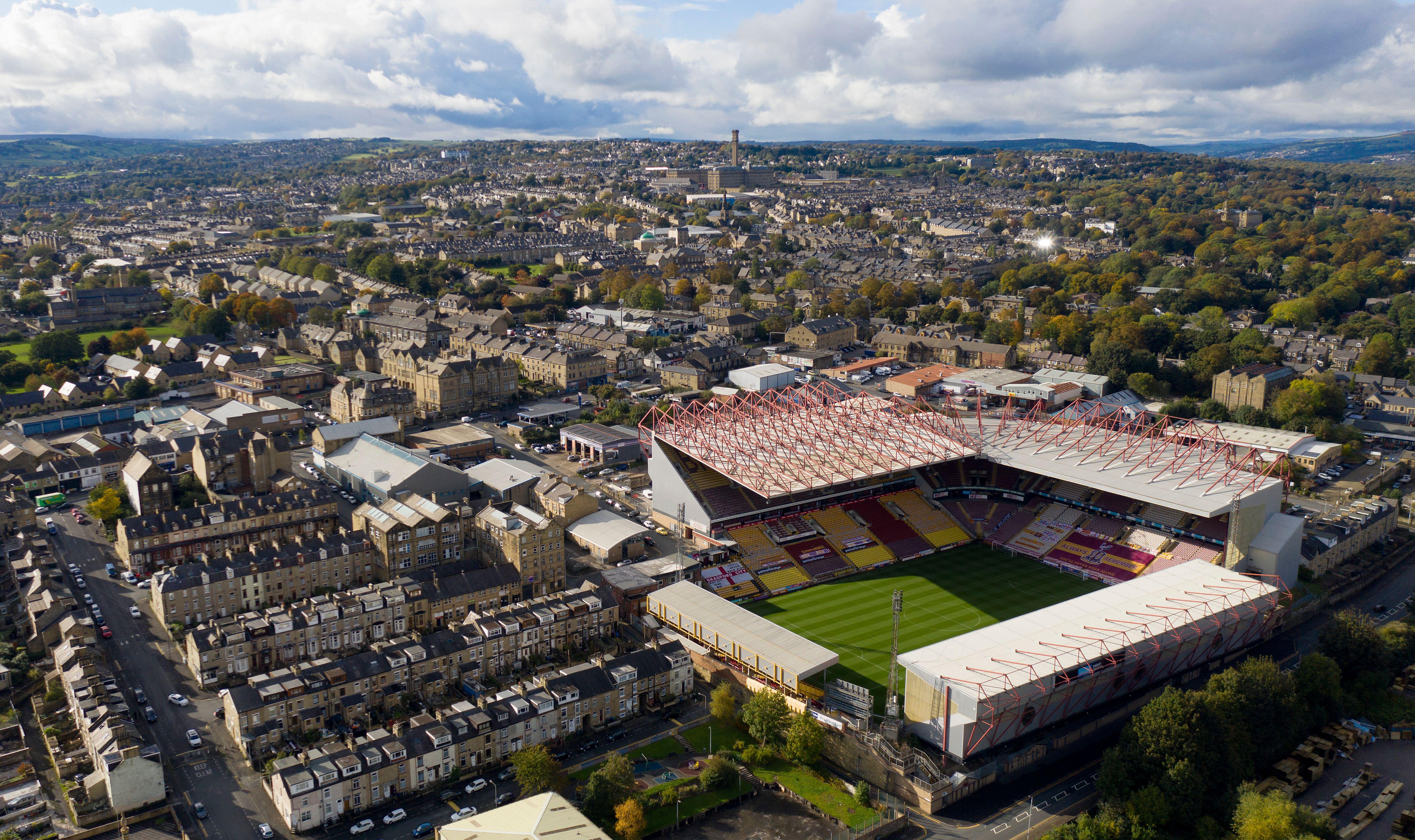
32. Bradford, England (Bradford City)
Instantly recognisable for their unique claret and amber kit colours, Bradford City have been by far the biggest club in town since the original Bradford (Park Avenue) disbanded in the early 70s.
The Bantams play at the 24,840-seater Valley Parade – a stadium larger than some Premier League grounds – and have had two top-flight spells, also lifting the FA Cup in 1911.
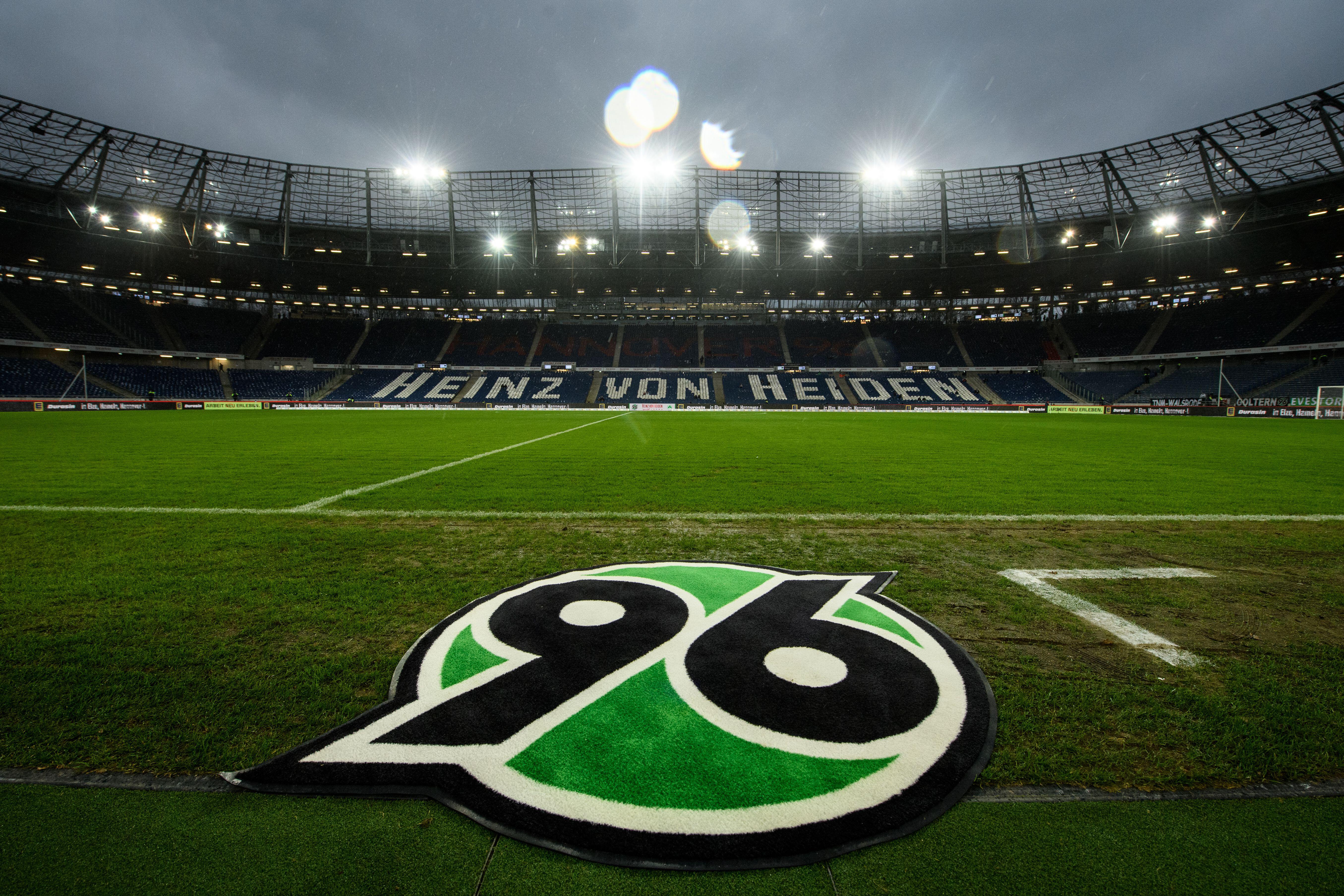
31. Hanover, Germany (Hanover 96)
With a population of more than half a million, Hanover is one of the largest cities in northern Germany – but it has just the one professional football club.
While they haven’t been a force for some time, Hanover 96 were crowned champions of Germany once either side of the Second World War, as well as winning the 1991/92 DFB-Pokal (German Cup).

30. Las Palmas, Spain (UD Las Palmas)
Playing their home games at the Estadio Gran Canaria, more than 800 miles from the Spanish mainland, UD Las Palmas are one of the most isolated clubs in top-level European football.
Runners-up in LaLiga and the Copa del Rey in 1969 and 1978 respectively, Las Palmas contest the heated Canary Islands Derby with Tenerife.
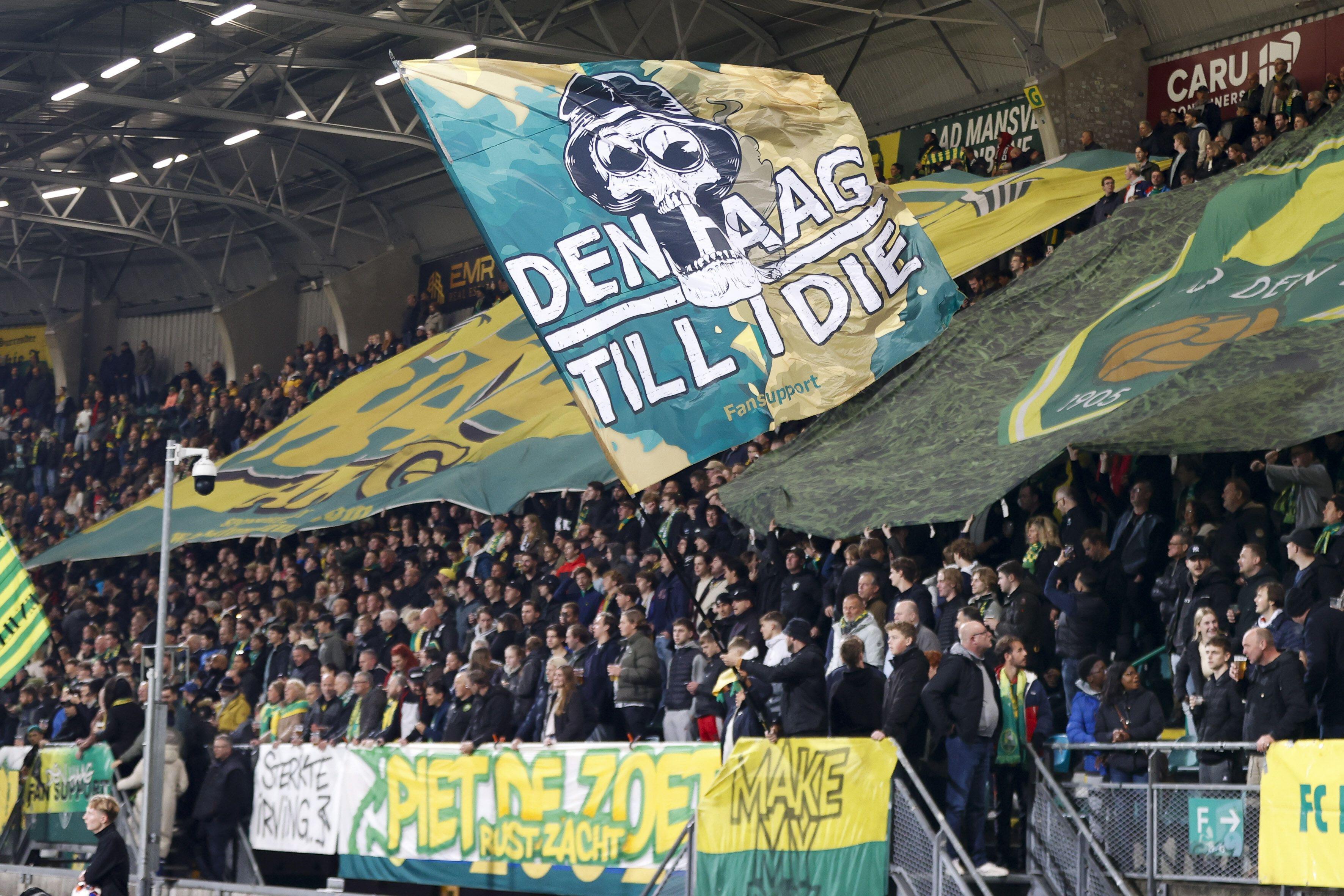
29. The Hague, Netherlands (ADO Den Haag)
The third-most populous in the Netherlands, The Hague is probably best-known for its associations with law and arbitration – being the home of the International Criminal Court, among other institutions – but it’s also put itself on the sporting map in the Netherlands, through ADO Den Haag.
Generally found bouncing between the top two divisions these days, the Storks clinched back-to-back Eredivisie titles in the early 40s.

28. Nantes, France (FC Nantes)
Sitting comfortably inside France’s top 10 largest cities, Nantes is home to one of the most successful clubs in the country.
Ligue 1 champions at least once in each of the 60s, 70s, 80s, 90s and 00s, Nantes reached the semi-finals of the Champions League in 1996 – only losing narrowly to eventual winners Juventus.
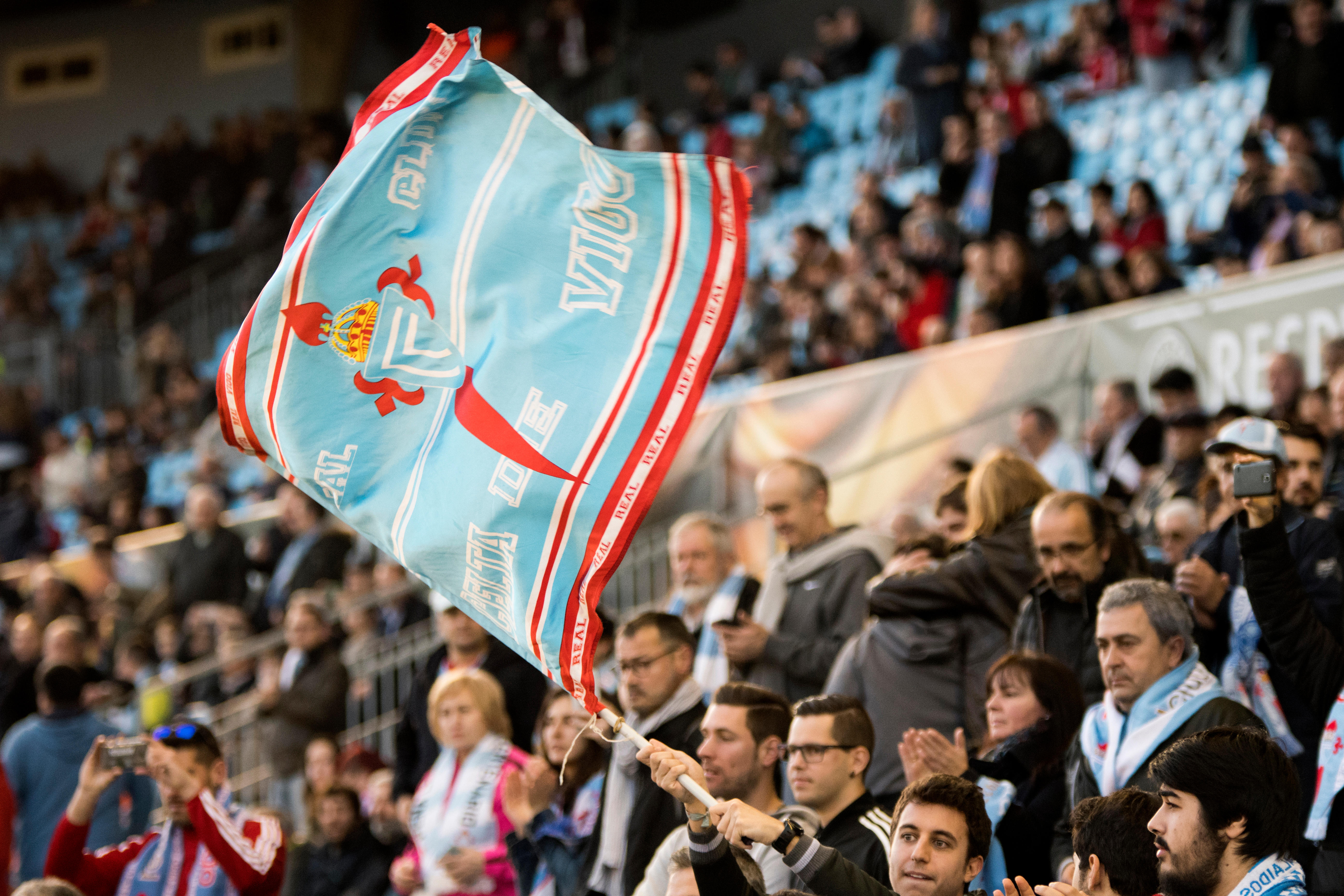
27. Vigo, Spain (Celta Vigo)
Situated on Spain’s short west coast, not far from the border with Portugal, Vigo’s population of around 300,000 makes it the biggest city in the region of Galicia.
Local club Celta brought up their centenary in 2023; LaLiga regulars, the Sky Blues have reached multiple Copa del Rey finals and made it to the last four of the 2017/18 Europa League.
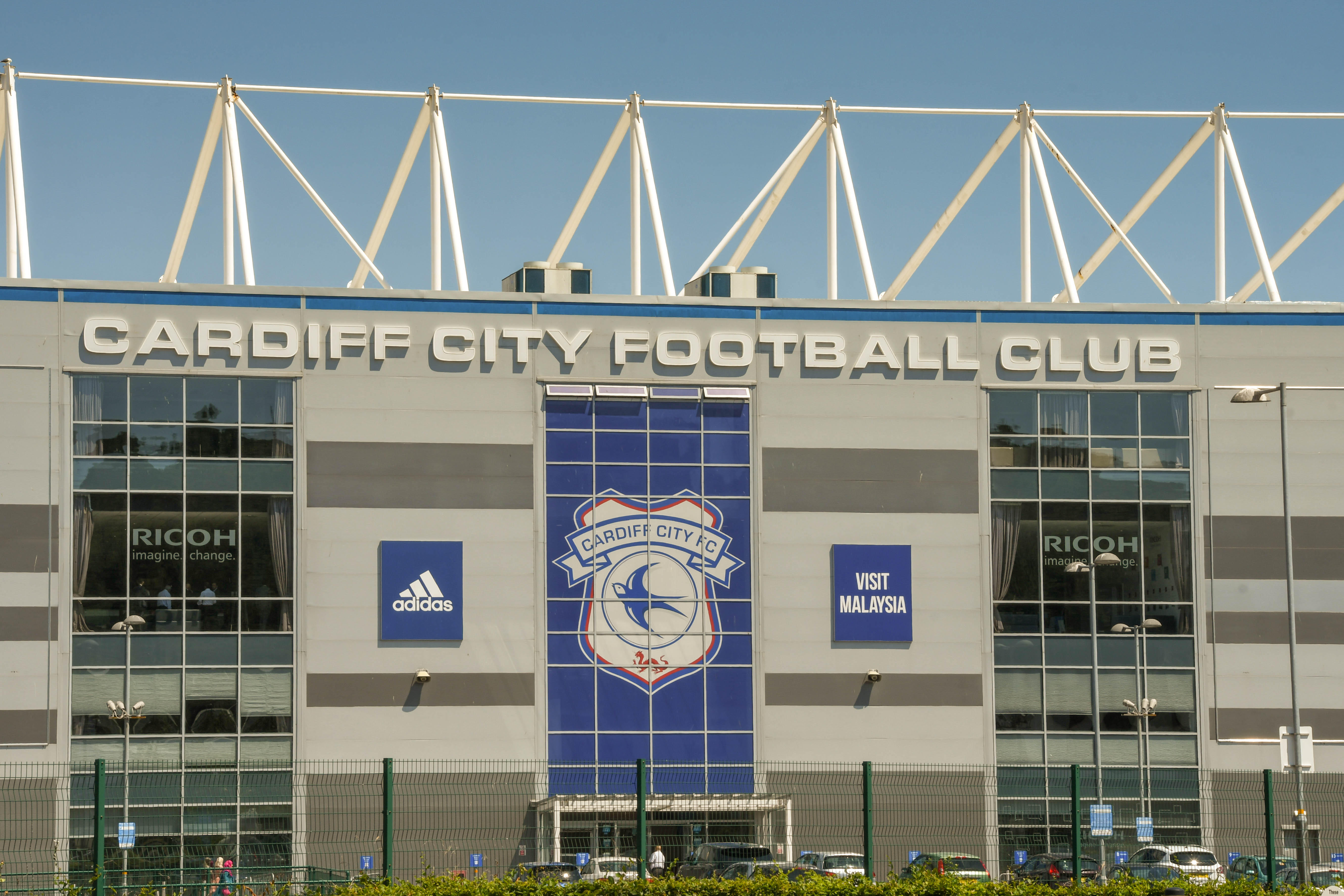
26. Cardiff, Wales (Cardiff City)
Wales’ capital and largest city, Cardiff loves its rugby and football – and in the latter, Cardiff City are far and away the main name.
Founded in 1899, the Bluebirds have spent their entire history in the English league system; they became the first Welsh side to win the FA Cup, defeating Arsenal in the 1927 final, having finished as First Division runners-up three years earlier.
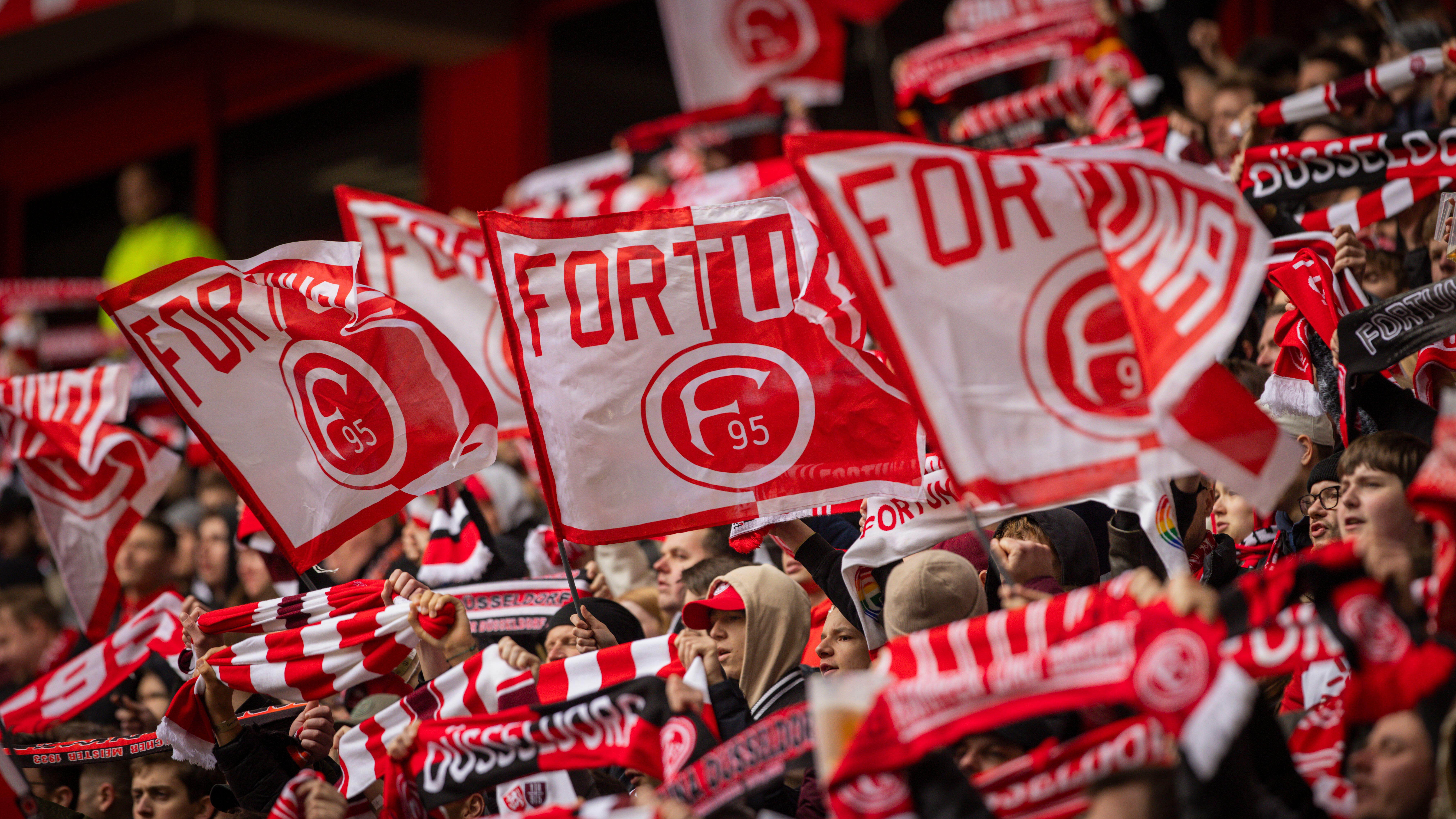
25. Dusseldorf, Germany (Fortuna Dusseldorf)
A major business and financial centre, Dusseldorf lies within the most populous region of Germany, Rhine-Ruhr.
As such, there are notable football clubs dotted all around – but the locals love Fortuna, successive DFB-Pokal winners in 1979 (when they also made the Cup Winners’ Cup final) and 1980, and national champions way back in 1933.
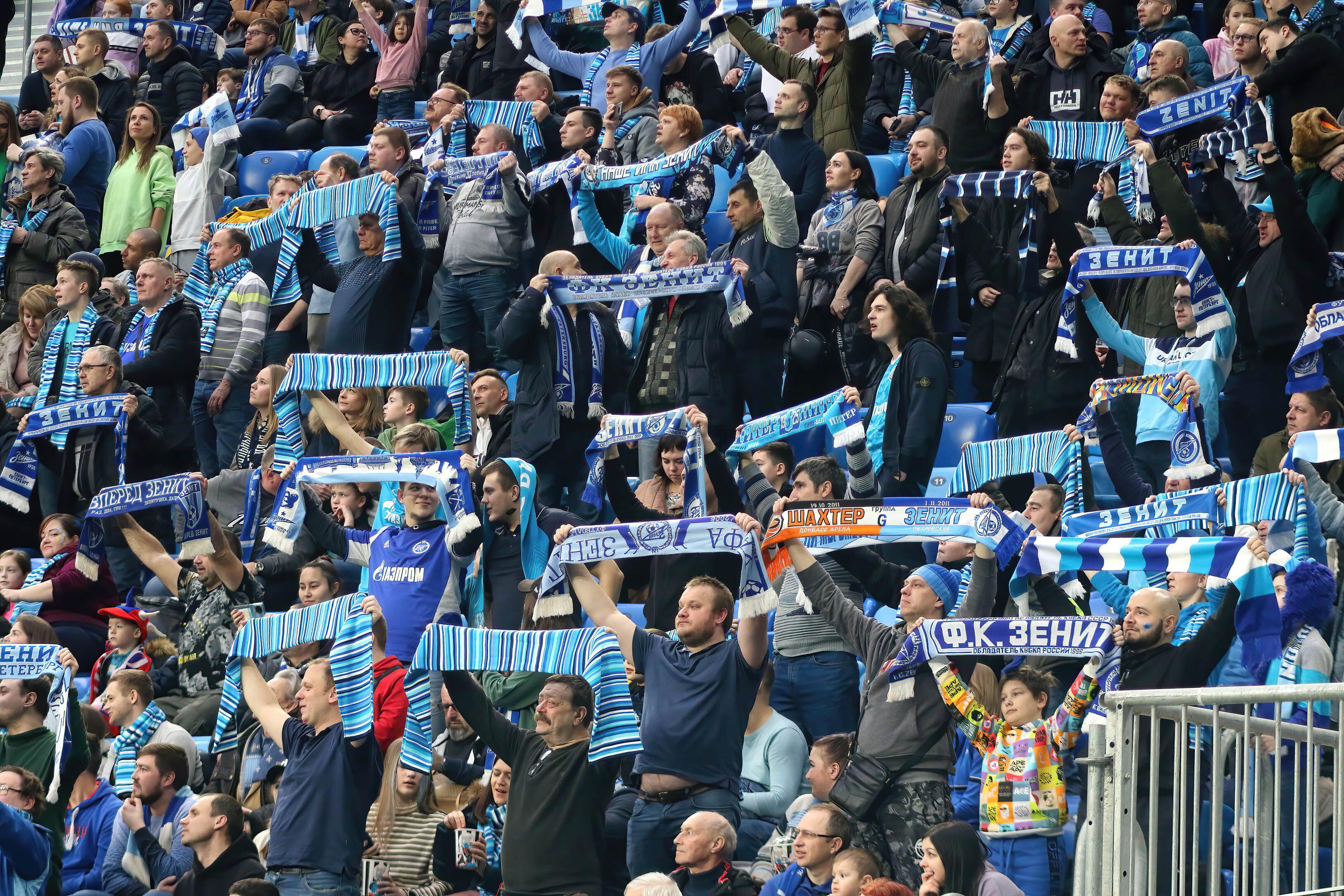
24. Saint Petersburg, Russia (Zenit Saint Petersburg)
The second-largest city in Russia and the fourth-most populous in Europe, Saint Petersburg (formerly Leningrad and Petrograd) is home to the best part of six million people.
Most of the football fans among them will support the same club, though: Zenit, regular Russian Premier League champions and 2007/08 UEFA Cup winners.
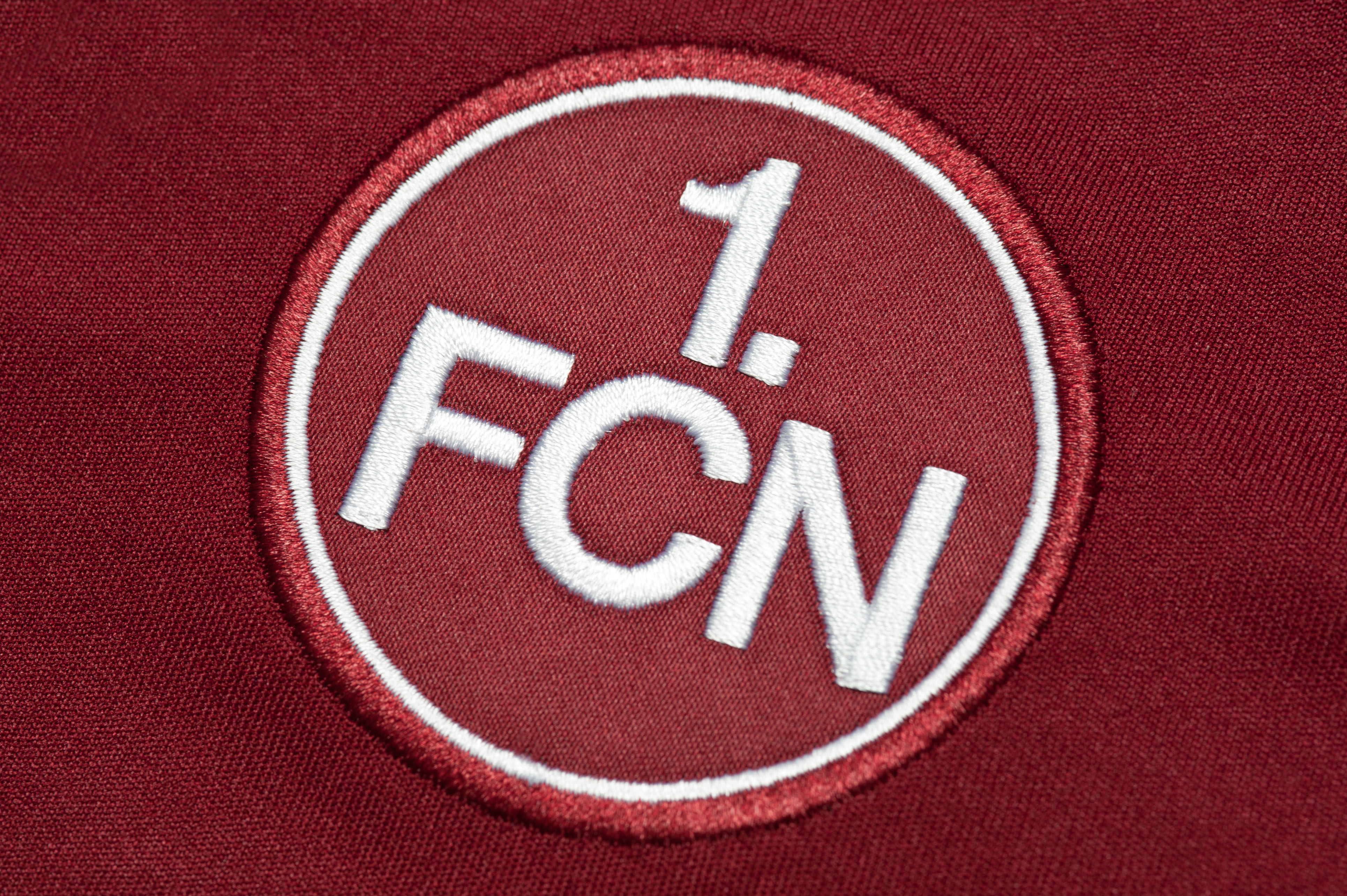
23. Nuremberg, Germany (1. FC Nurnberg)
Bavaria’s second-largest city after Munich, Nuremberg is home to one of the most successful clubs in the history of German football.
Nurnberg – who are nicknamed, somewhat unoriginally, Der Club – won five top-flight titles during the 1920s, then added four more between 1936 and 1968; they have also lifted the DFB-Pokal on multiple occasions and reached the 1961/62 European Cup quarter-finals.

22. Palermo, Italy (Palermo FC)
Italy’s fifth-most populous city, with over 600,000 inhabitants, Palermo is the capital of Sicily – the largest island in the Mediterranean Sea.
Its top club – one of the oldest in the country, having formed in 1900 – stand out for their pink home shirts and have helped propel the careers of stars such as Edinson Cavani, Paulo Dybala and Luca Toni.
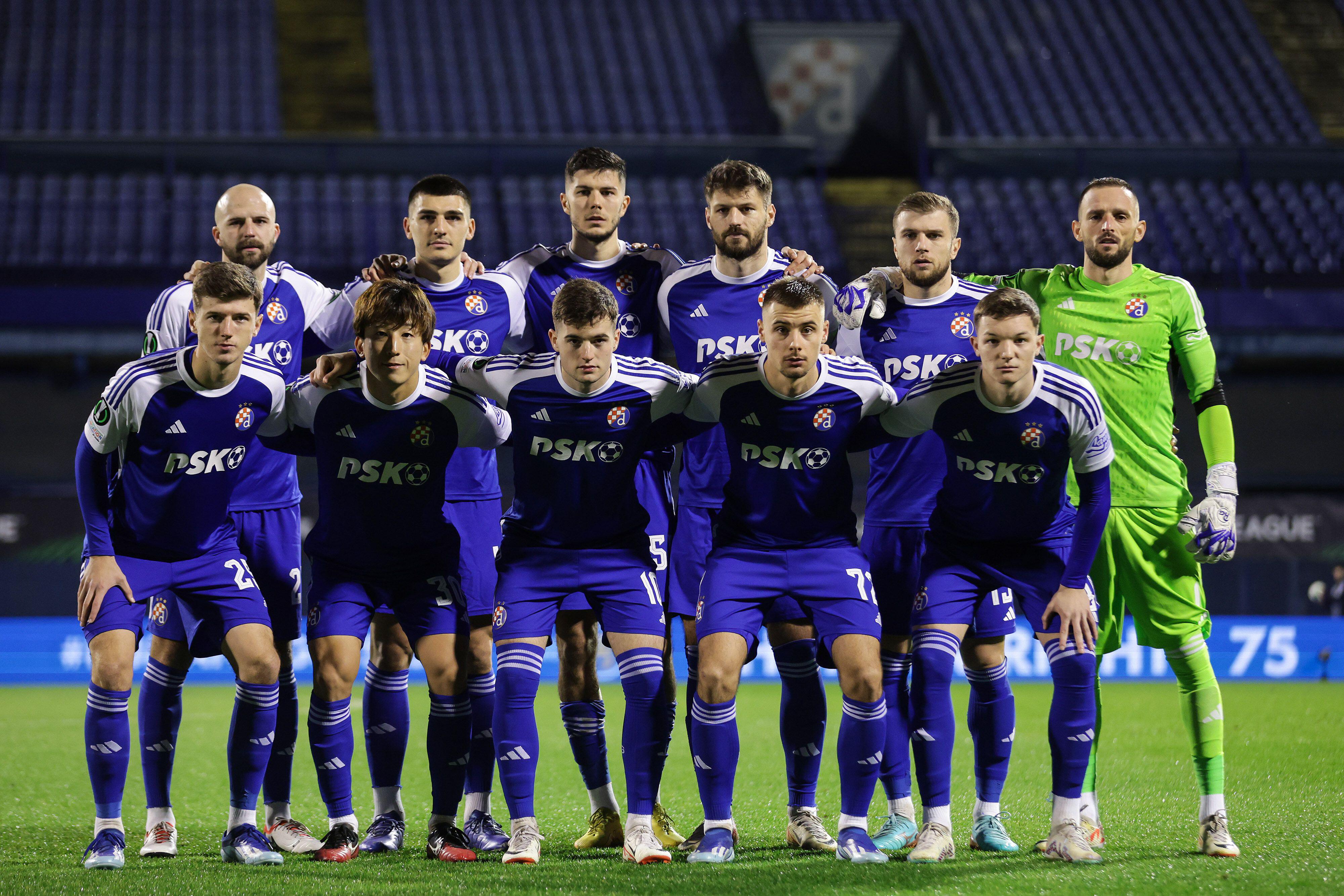
21. Zagreb, Croatia (Dinamo Zagreb)
Home to the 2018 World Cup runners-up, Croatia is a football-mad nation which has punched above its weight since separating from Yugoslavia in the early 90s – but its capital has just one elite club.
Nine-time Yugoslav First League champions, Dinamo have dominated the Croatian top flight from its inception – winning their 25th title in 2024; they also tasted continental glory in 1967, beating Leeds to lift the Inter-Cities Fairs Cup.
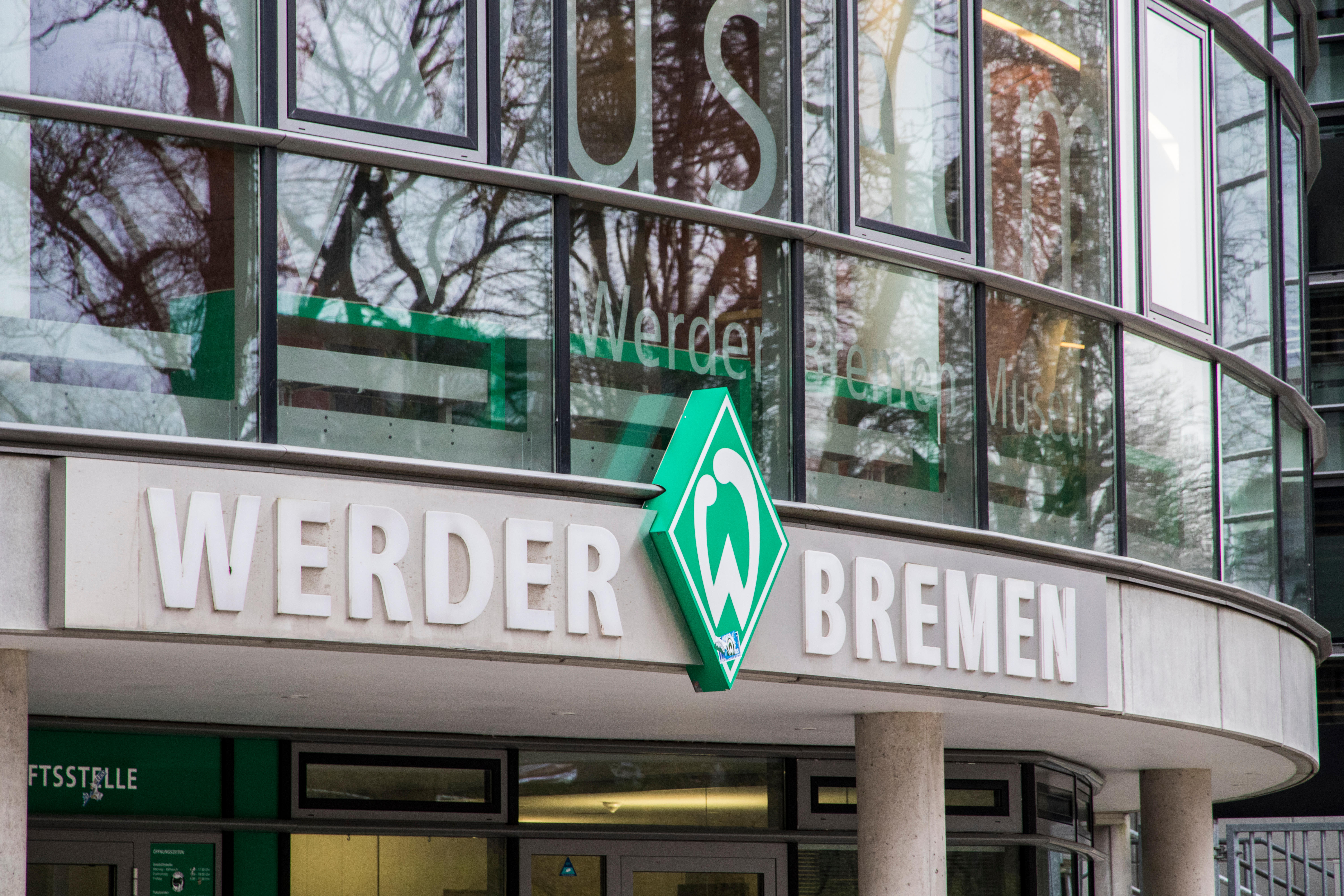
20. Bremen, Germany (Werder Bremen)
The key northern German port city of Bremen is home to one of the country’s most decorated outfits.
Multiple Bundesliga champions and DFB-Pokal winners – doing the double in 2003/04 – Werder enjoyed European success in 1992, when they defeated Monaco to lift the Cup Winners’ Cup; they later reached the 2009 UEFA Cup final.
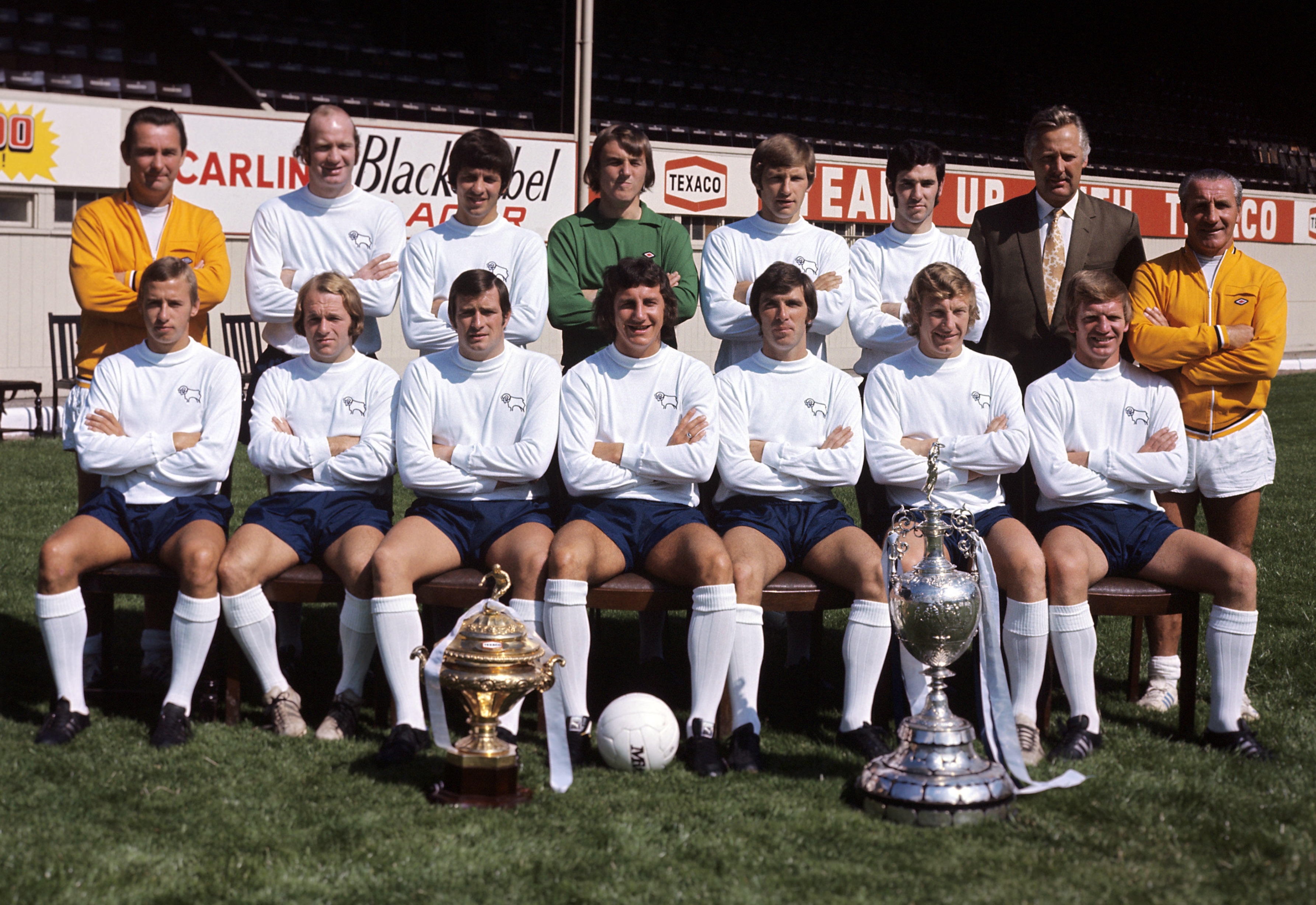
19. Derby, England (Derby County)
Founder members of the Football League in 1888 and among a select group of clubs to have been crowned champions of England more than once, Derby County are undoubtedly the foremost sporting force in the city.
The Rams peaked under the management of Brian Clough in the early 70s, winning their first top-flight title in 1971/72 then reaching the semi-finals of the European Cup the following season.
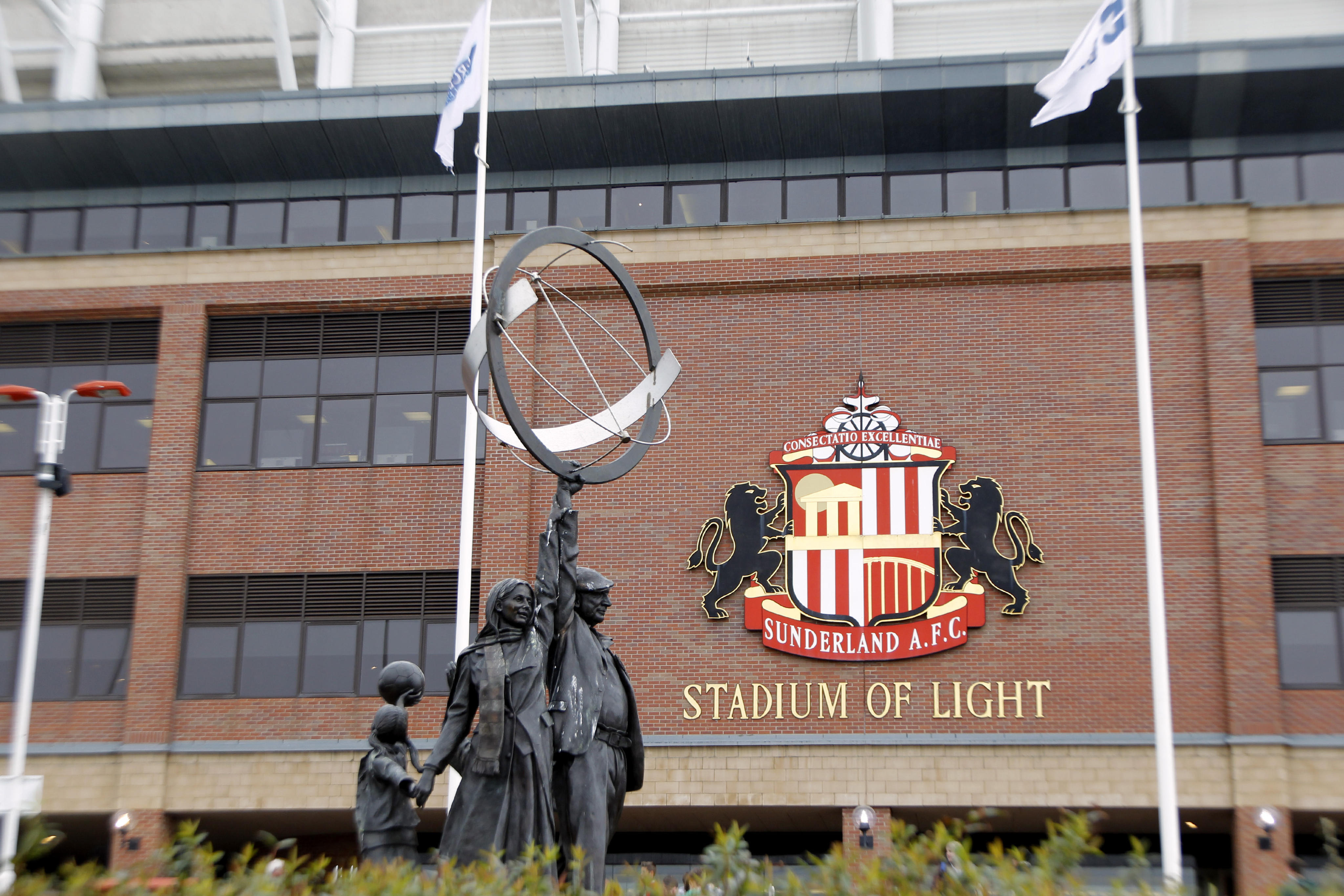
18. Sunderland, England (Sunderland)
Based around 10 miles away from arch-rivals Newcastle, Sunderland have long been top dogs on Wearside.
Champions of England on six occasions – the last of them in 1936 – and two-time FA Cup winners – the last of those successes coming a bit more recently, in 1973 – the Black Cats’ vociferous supporters perennially pack out the 49,000-seater Stadium of Light.
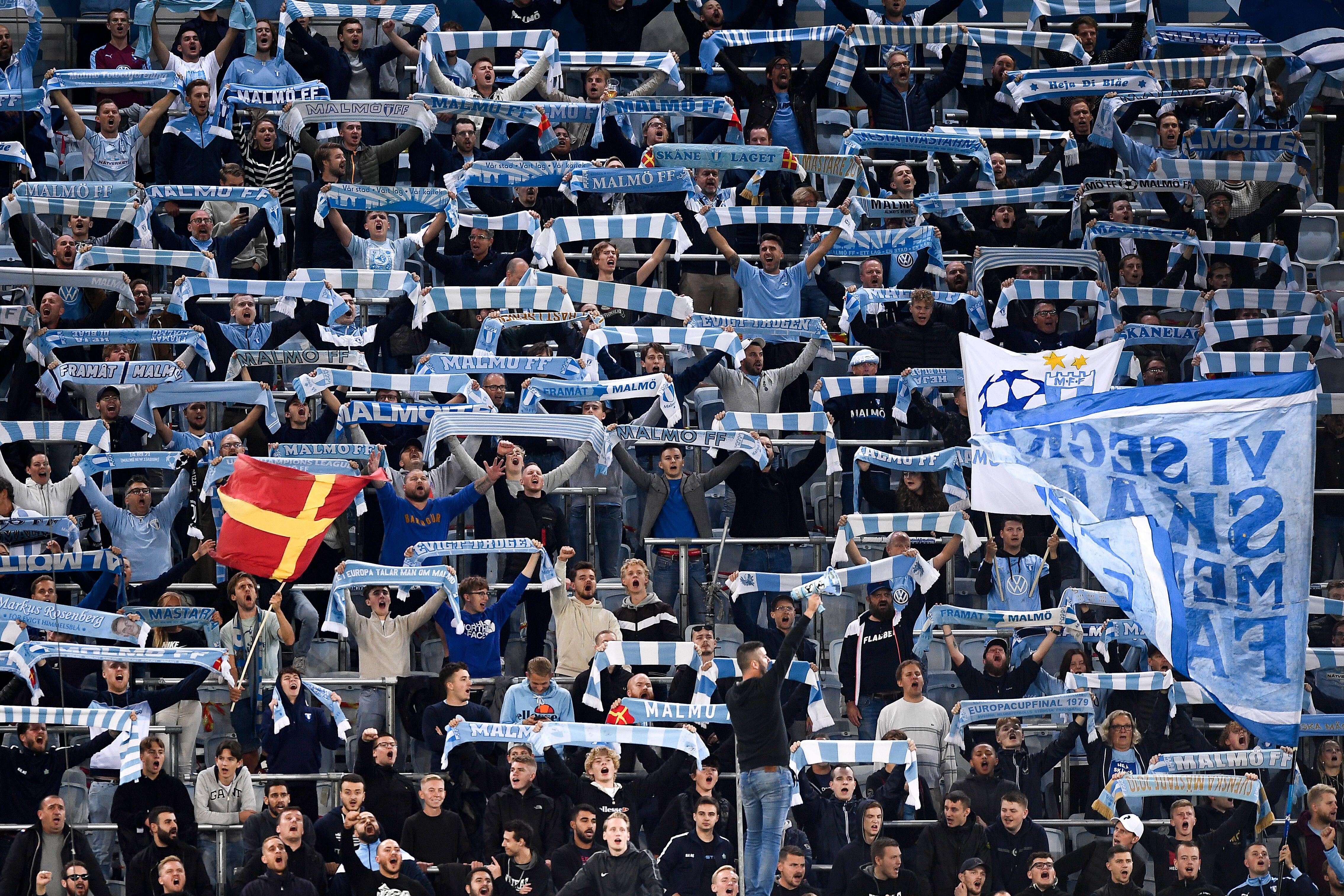
17. Malmo, Sweden (Malmo FF)
European Cup runners-up to Nottingham Forest in 1979 – becoming the first Scandinavian side to do so – Malmo proudly fly the flag for Sweden’s third-largest city.
By far the most decorated club in Swedish football history, the fiercely backed Di blae (The Blue Ones in the local Scanian language) clinched their 20th top-flight title in 2017.
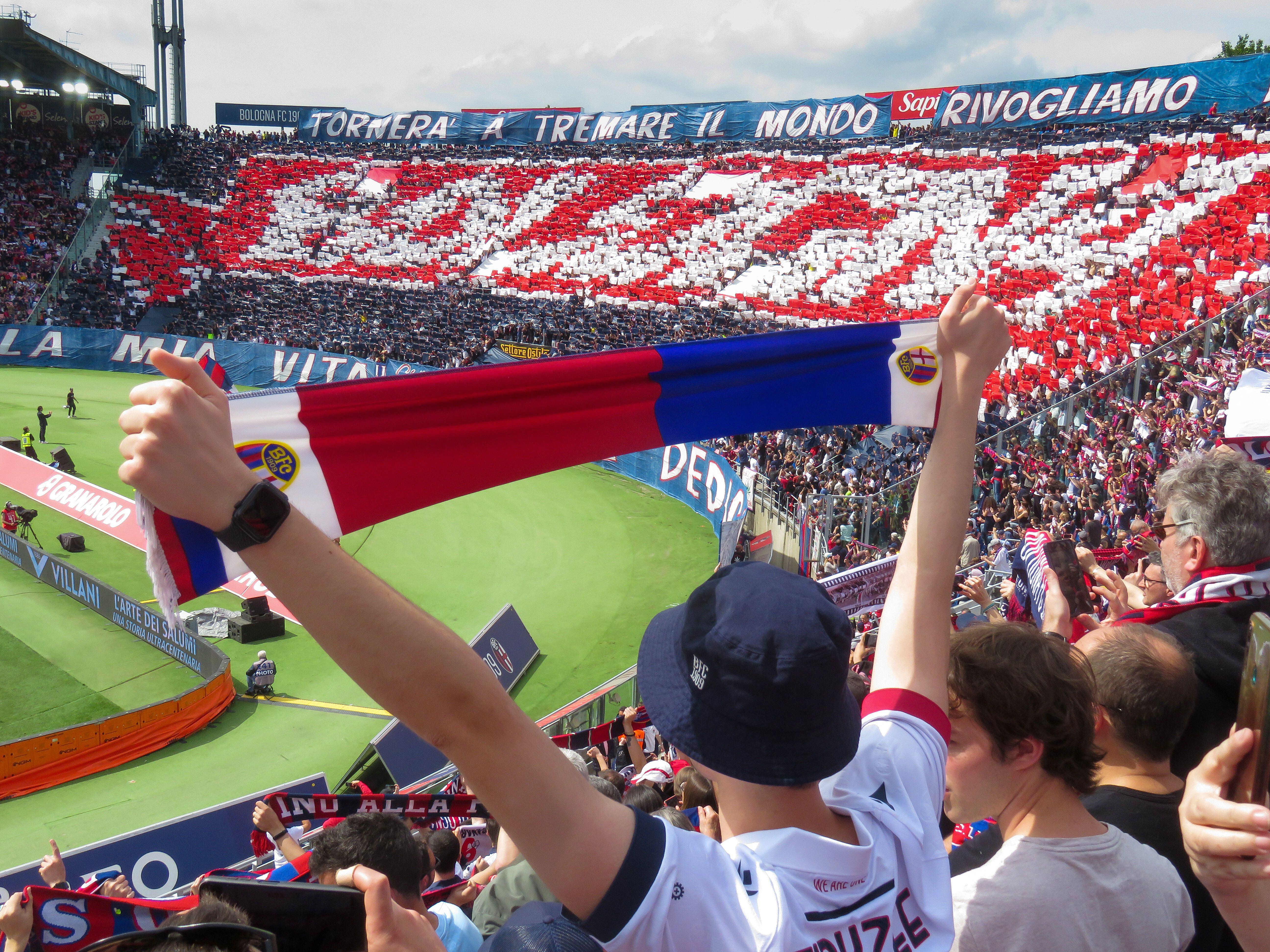
16. Bologna, Italy (Bologna FC)
They’ve not been champions since the 60s, but Bologna’s tally of seven titles makes them one of Serie A’s most successful clubs.
Based at the iconic Stadio Renato Dall’Ara (which has a clock tower – come on!), I Rossoblu secured Champions League qualification in 2024, returning to top-level European competition for the first time in almost 60 years.
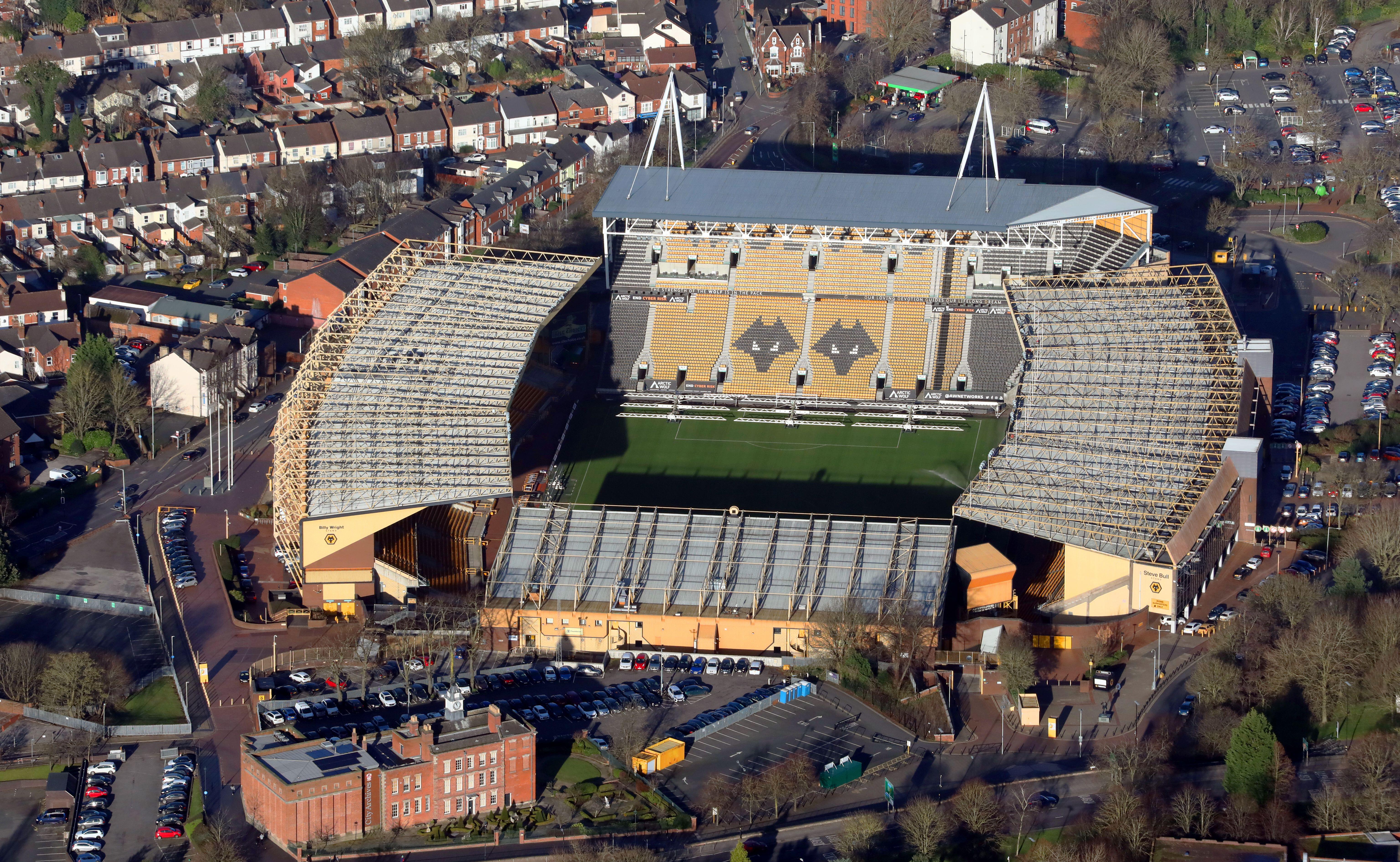
15. Wolverhampton, England (Wolves)
England’s West Midlands contains its fair share of significant-sized cities, and Wolverhampton is right among them – home to Wolverhampton Wanderers aka Wolves.
Three-time champions of England during the 50s, the club was one of the first in the country to install floodlights – allowing its Molineux stadium to stage some of the earliest European club matches.
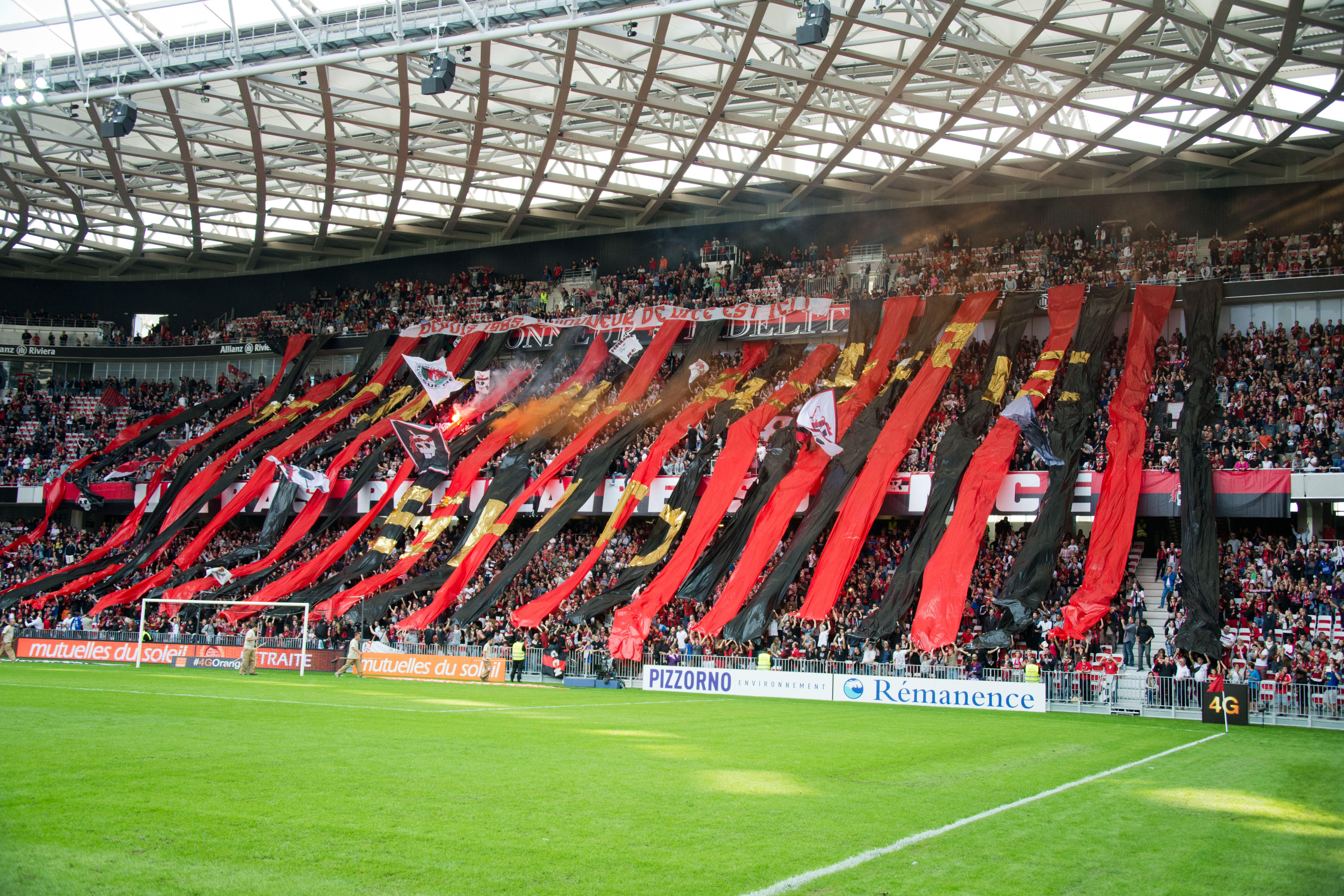
14. Nice, France (Nice)
Sitting on the sun-soaked French Riviera, Nice is a popular tourist destination and the home of French football’s dominant force of the mid-20th century.
Nice won four Ligue 1 titles between 1951 and 1959, in addition to two Coupes de France – and recent years have seen them ascend back towards the top.
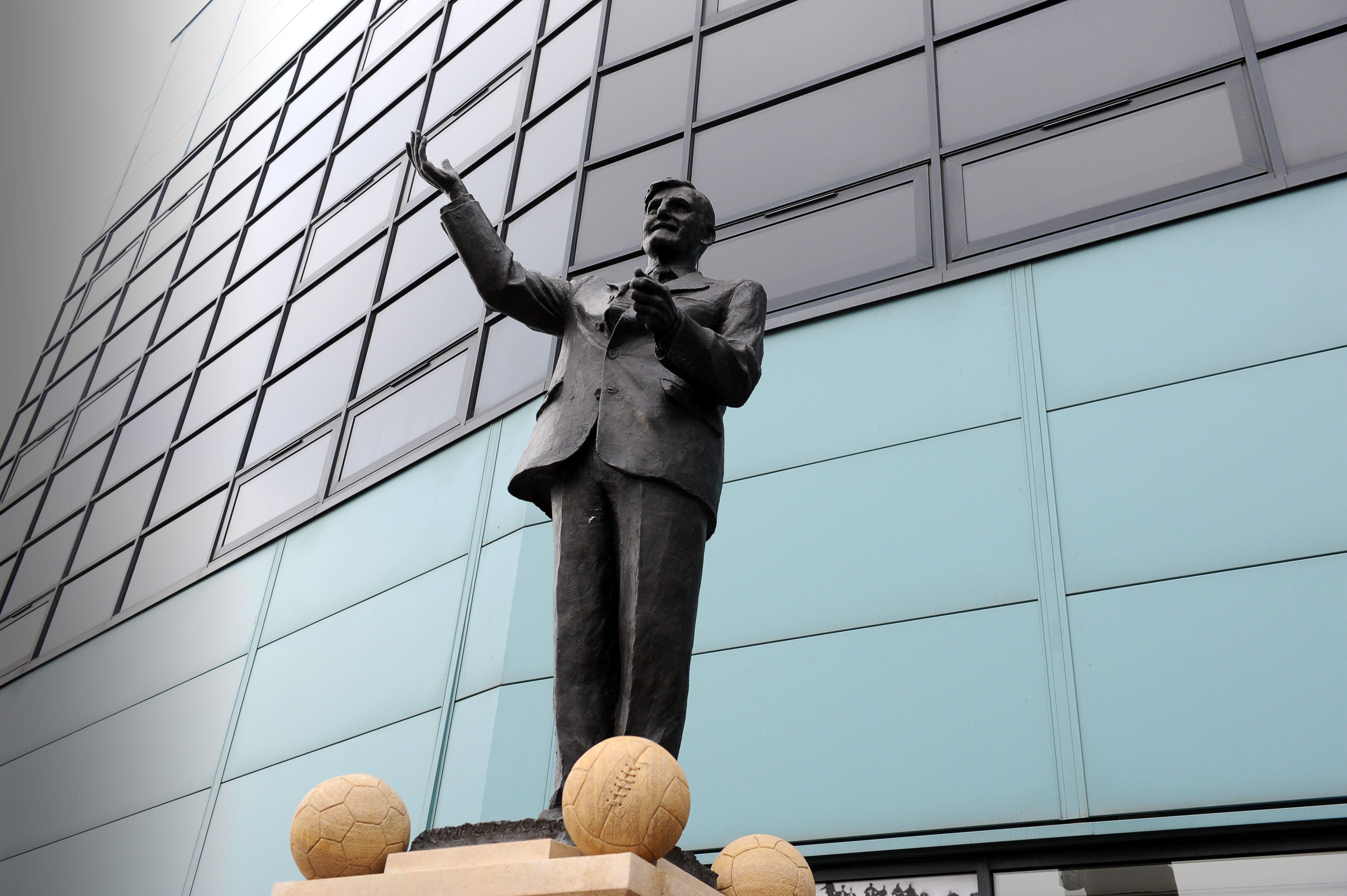
13. Coventry, England (Coventry City)
The UK’s 10th-biggest city, Coventry was devastated by German bombing during the Second World War – but it rebuilt, and the local football club did likewise in the 1960s, rising from the Fourth Division to the top flight under legendary manager Jimmy Hill.
In 1987, the passionately followed Sky Blues claimed the first major honour in their history, beating Tottenham 3-2 in a classic FA Cup final.
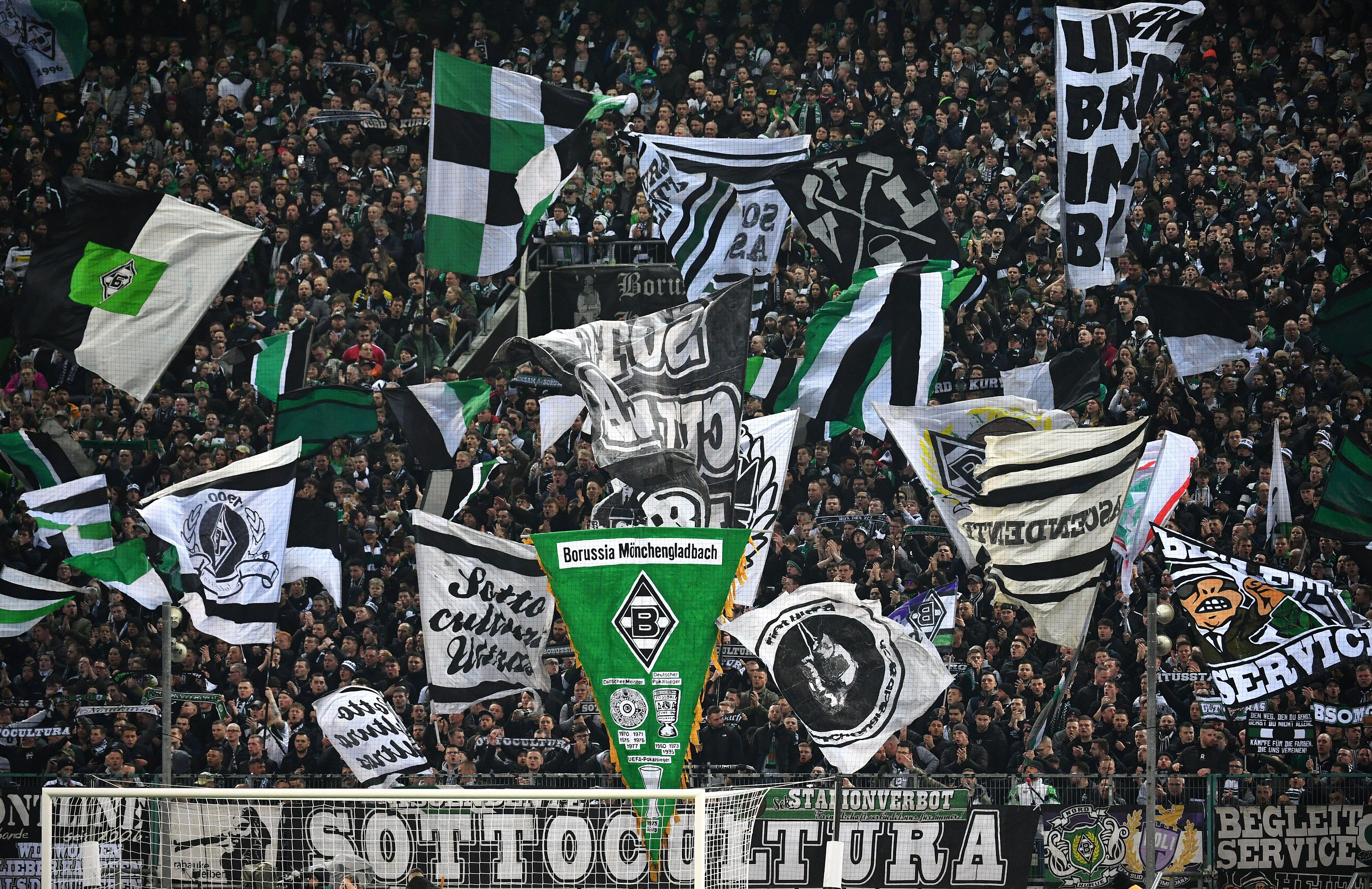
12. Monchengladbach, Germany (Borussia Monchengladbach)
Based on official member numbers, Borussia Monchengladbach are right up there with the best-supported clubs in Germany.
Die Fohlen (The Foals) dominated the Bundesliga for much of the 70s, winning five titles and a DFB-Pokal in the space of eight years – in addition to claiming two UEFA Cups and reaching the 1977 European Cup final.
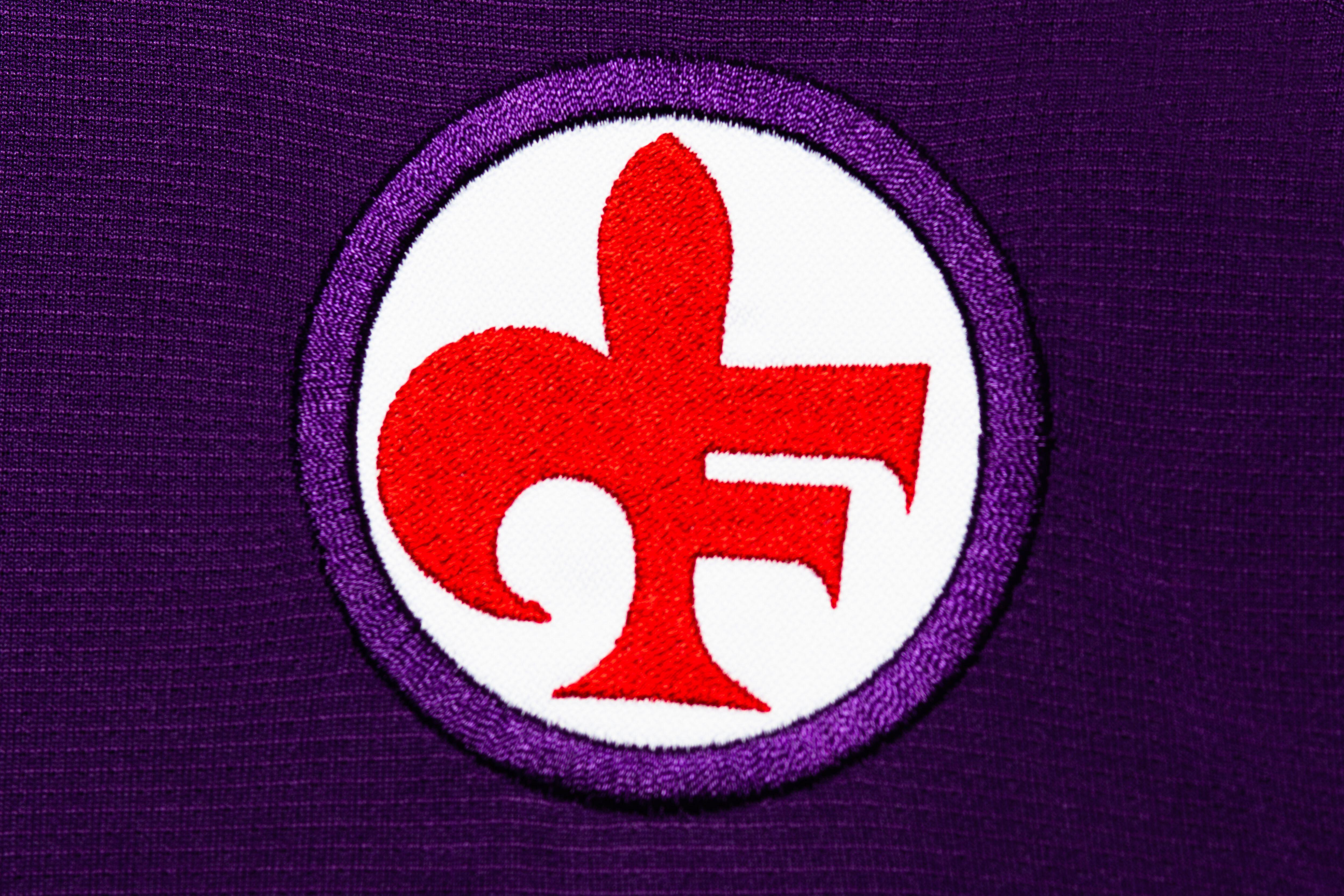
11. Florence, Italy (Fiorentina)
An historic city bursting at the seams with art and other culture, Florence attracts tourists in their droves.
It’s also the place to be if you want to catch one of Italy’s most iconic teams in action: the distinctively purple-kitted Fiorentina, two-time Serie A champions, 1960/61 Cup Winners’ Cup winners and 1956/57 European Cup runners-up.

10. Frankfurt, Germany (Eintracht Frankfurt)
Among the richest cities in the world (apt, considering the European Central Bank is located there), Frankfurt is synonymous with finance and business.
It also boasts one of Germany’s most fervently supported clubs: 1959 top-flight champions and two-time UEFA Cup / Europa League winners Eintracht – who got their hands on that particular trophy for the second time in 2022.
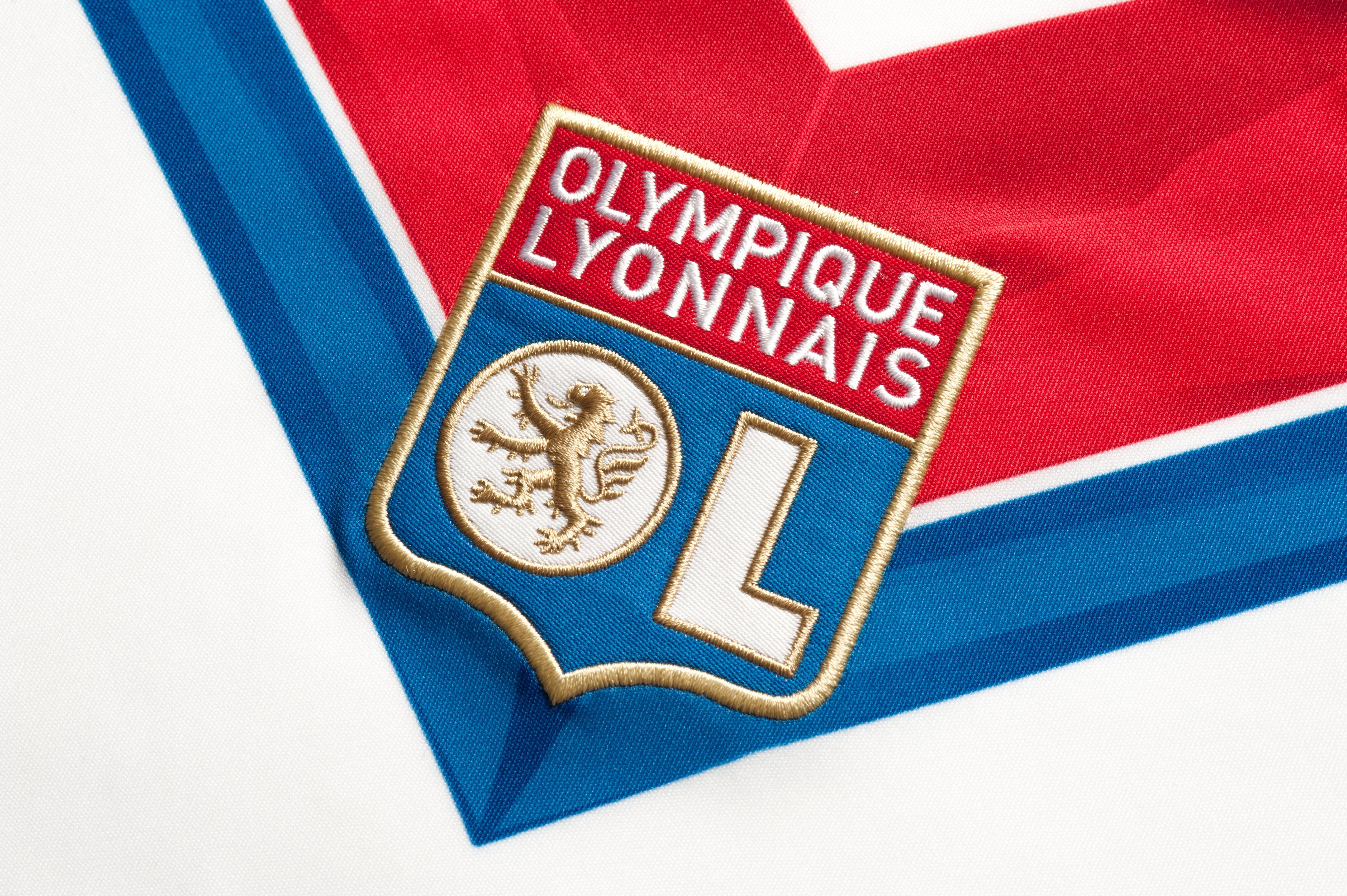
9. Lyon, France (Olympique Lyonnais)
France’s second-biggest city in terms of urban area, Lyon has a population of more than half a million – and a good chunk of them support their esteemed local team.
For a while, it looked like the Ligue 1 title would never go anywhere else: Lyon had never previously won it when they clinched their first crown in 2002 – and they held onto it for the next six years.
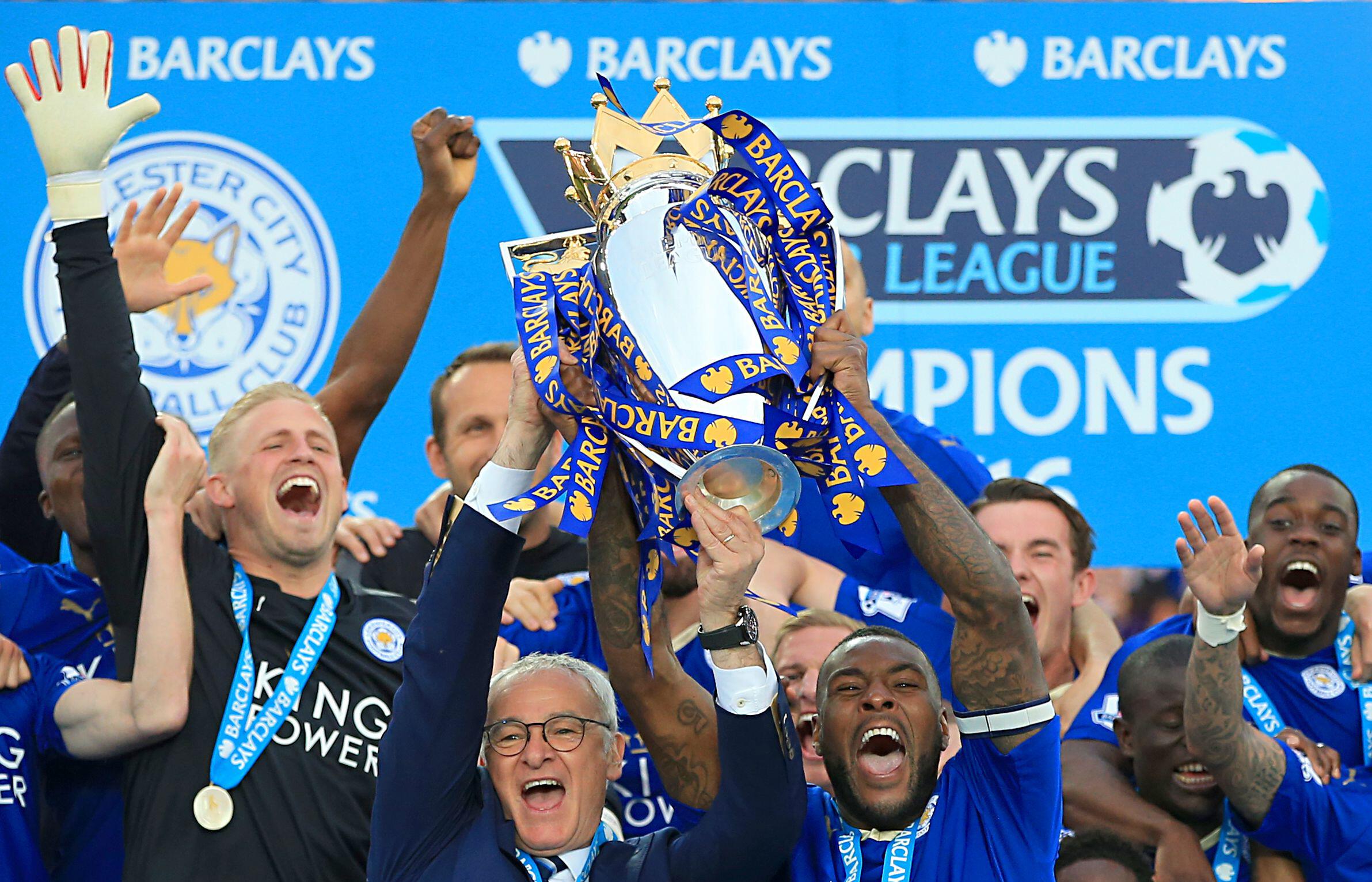
8. Leicester, England (Leicester City)
Leicester City are a bit of a football rarity in that they don’t really have any major rivals – something hardly helped by being the only big club in town.
Not that their fans are likely to care too much – there’s no need to claim local bragging rights when you write one of the all-time great underdog stories, as the Foxes unforgettably did to win the Premier League title in 2015/16.
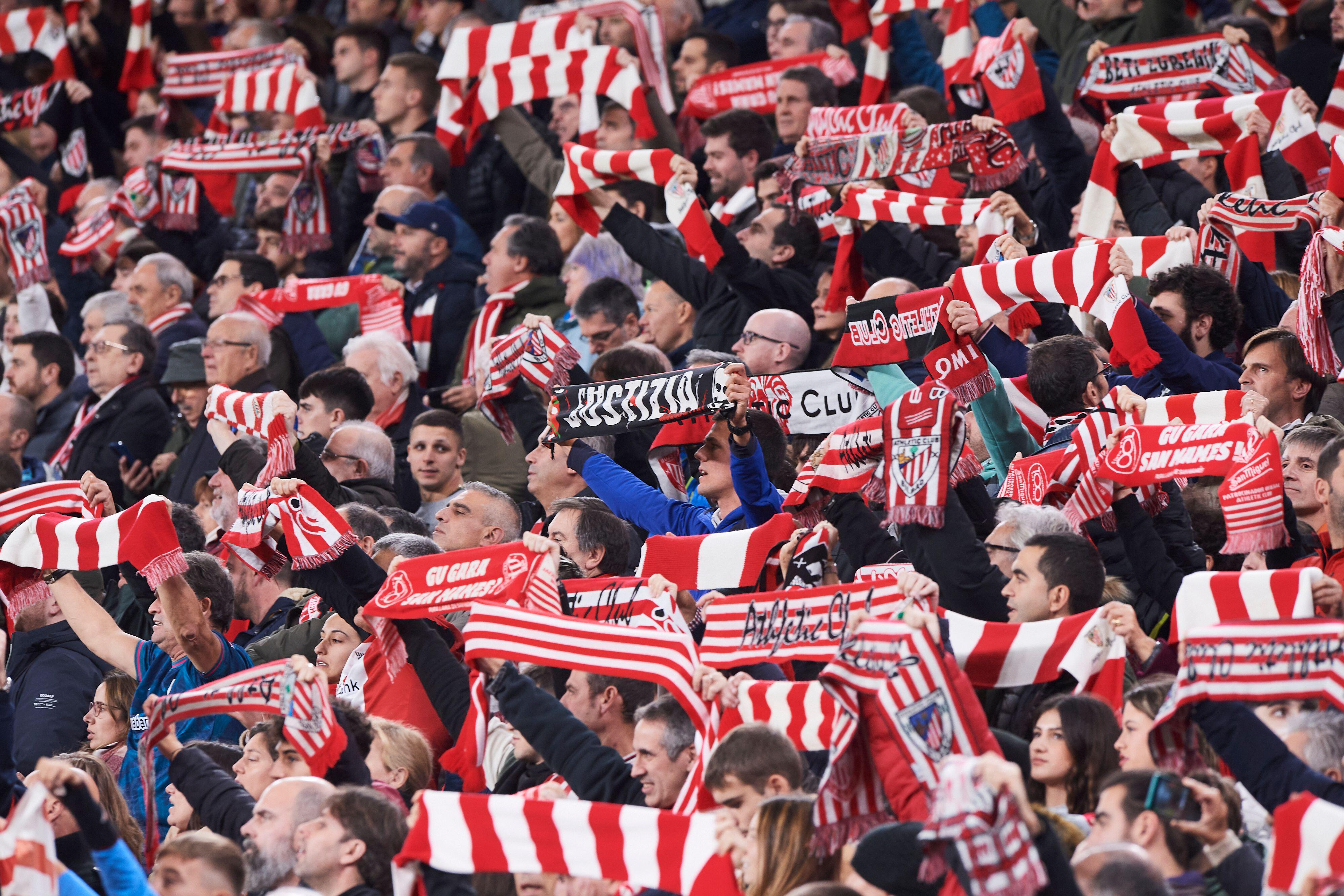
7. Bilbao, Spain (Athletic Bilbao)
The Basque Country’s main city and the biggest in all of northern Spain, Bilbao is home to a source of great Basque pride: Athletic Club.
Top-flight champions eight times over the years, their staying power at the highest level of Spanish football is remarkable given their longstanding cantera policy of only signing players who are Basque natives or were developed in the region.
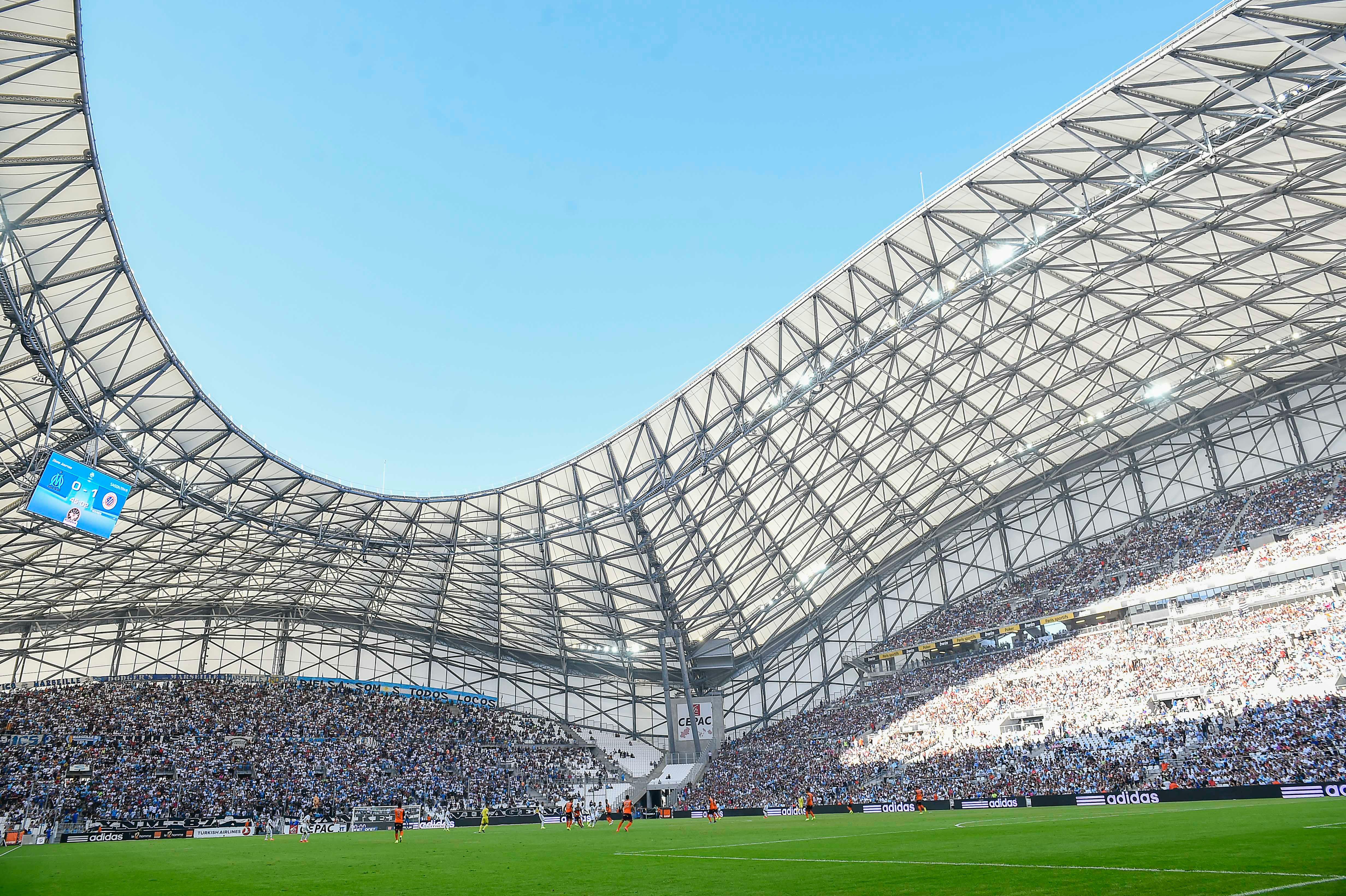
6. Marseille, France (Marseille)
In France, only Paris has a larger population than Marseille – and while the capital is home to a couple of professional clubs besides PSG (Paris FC and Red Star being the most prominent), that’s not the case in the city on the Mediterranean.
Here, it’s all about OM – the first French outfit to be crowned Champions of Europe, winning the inaugural edition of the Champions League in 1992/93.
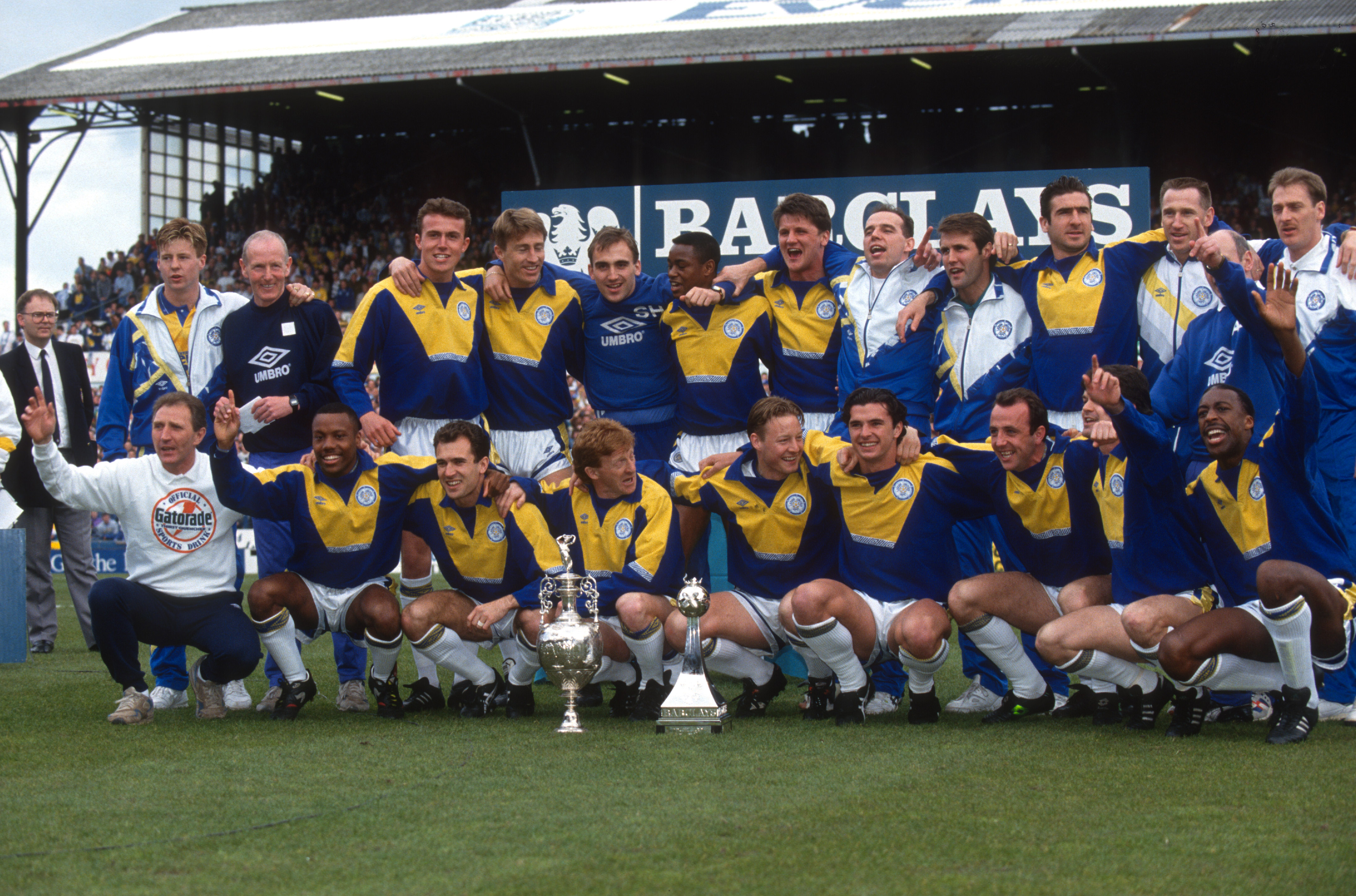
5. Leeds, England (Leeds United)
Nowhere in Yorkshire is home to more people than Leeds – but the former mill town has just the one professional football club.
Winners of every major English domestic honour – including the First Division title on three occasions – and European Cup runners-up in 1975, the Whites have seen bona fide legends of the game like Billy Bremner, John Charles and Norman Hunter pull on the shirt.
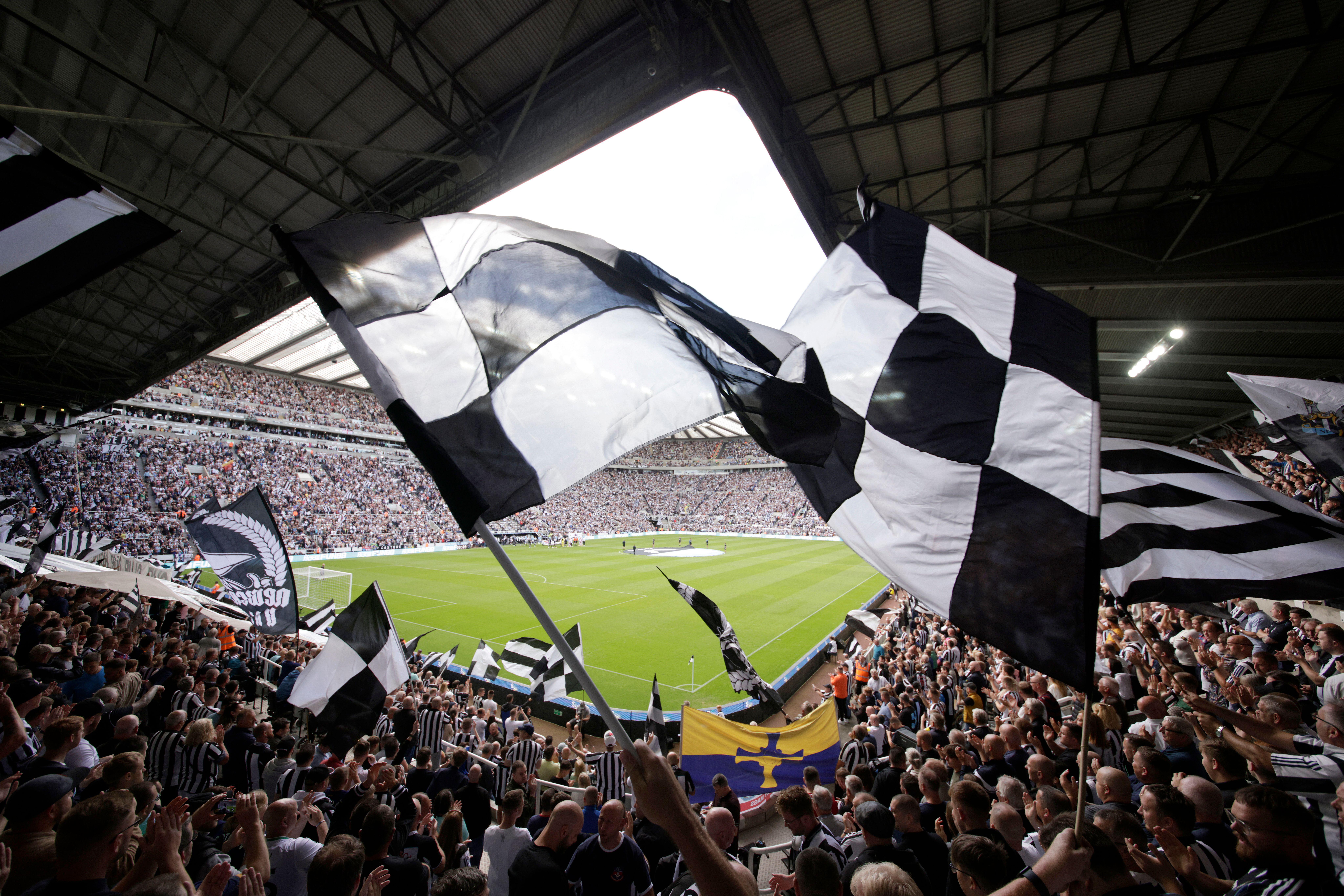
4. Newcastle, England (Newcastle United)
England’s ultimate one-club city, Newcastle upon Tyne lives and breathes football – and you only need to experience the cacophonous atmosphere of St. James’ Park once to confirm as much.
Supported loud and proud by the Toon Army, Newcastle have won four top-flight titles and six FA Cups – and they can cite among their former players a certain Alan Shearer, the all-time leading Premier League goalscorer.
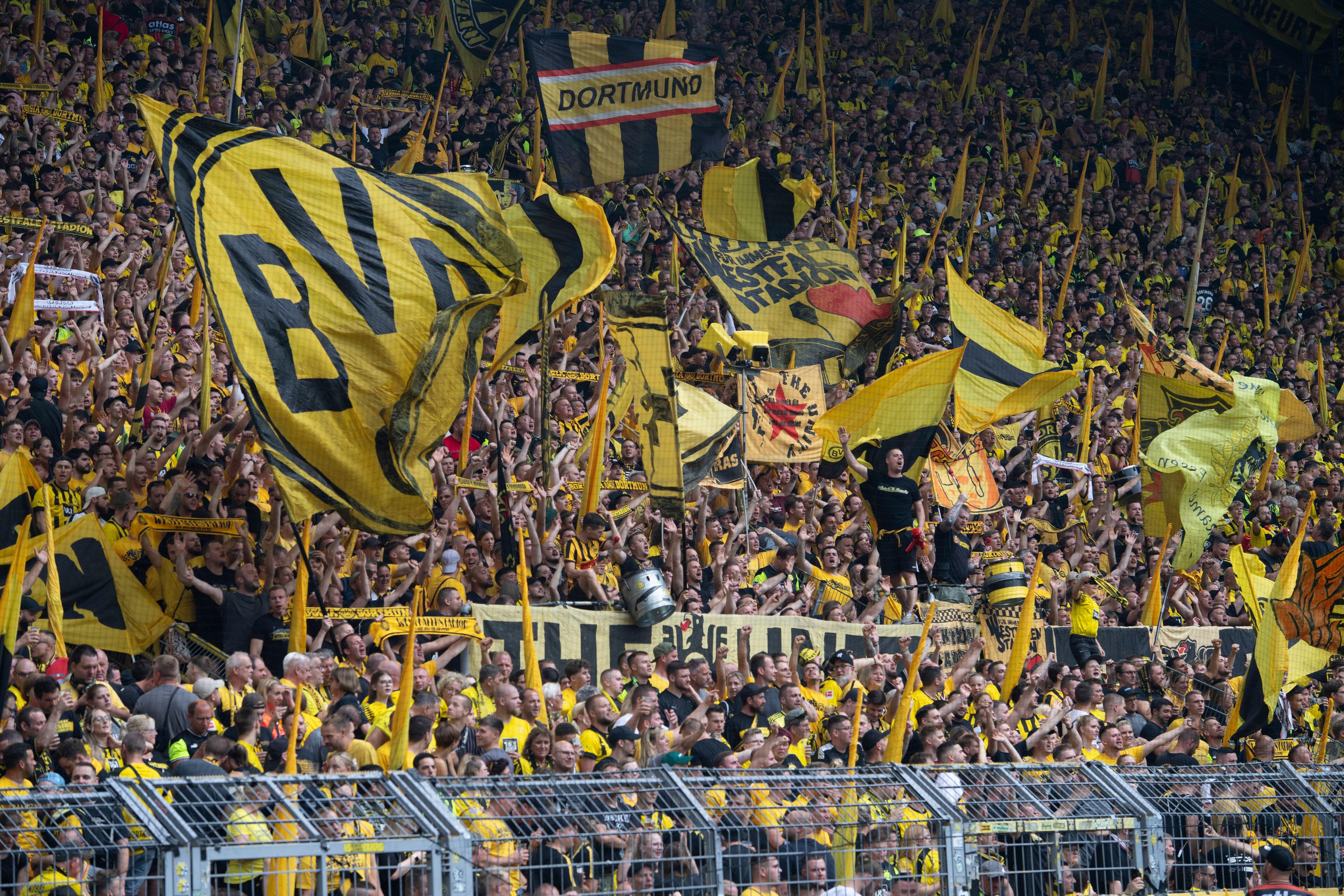
3. Dortmund, Germany (Borussia Dortmund)
Germany’s second-biggest club after Bayern Munich, Borussia Dortmund boast the country’s biggest stadium: the Westfalenstadion, famed for its tifo-laden ‘Yellow Wall’, the largest terrace in European football.
Bundesliga champions on numerous occasions and Champions League winners in 1997, the Black and Yellows have no rivals in Dortmund itself – with their most fierce local derby being played against nearby Schalke.
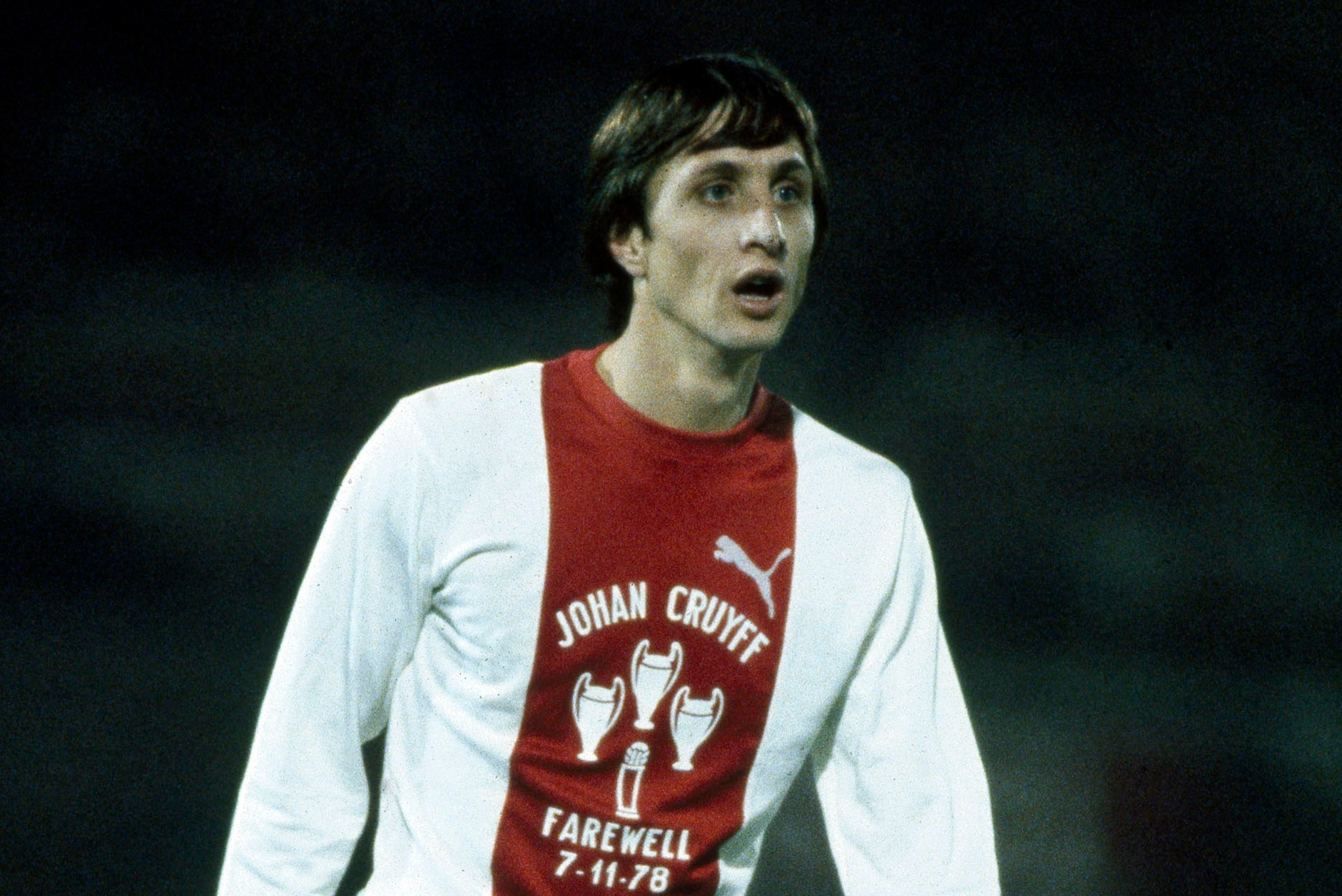
2. Amsterdam, Netherlands (Ajax)
There did used to be two professional clubs in Amsterdam – but Ajax have been the sole one since FC Amsterdam disbanded in 1982.
Then again, does the Dutch capital really need another top club when it’s home to one of the most iconic and decorated outfits in all of world football? We’re pretty sure their fans would say no.
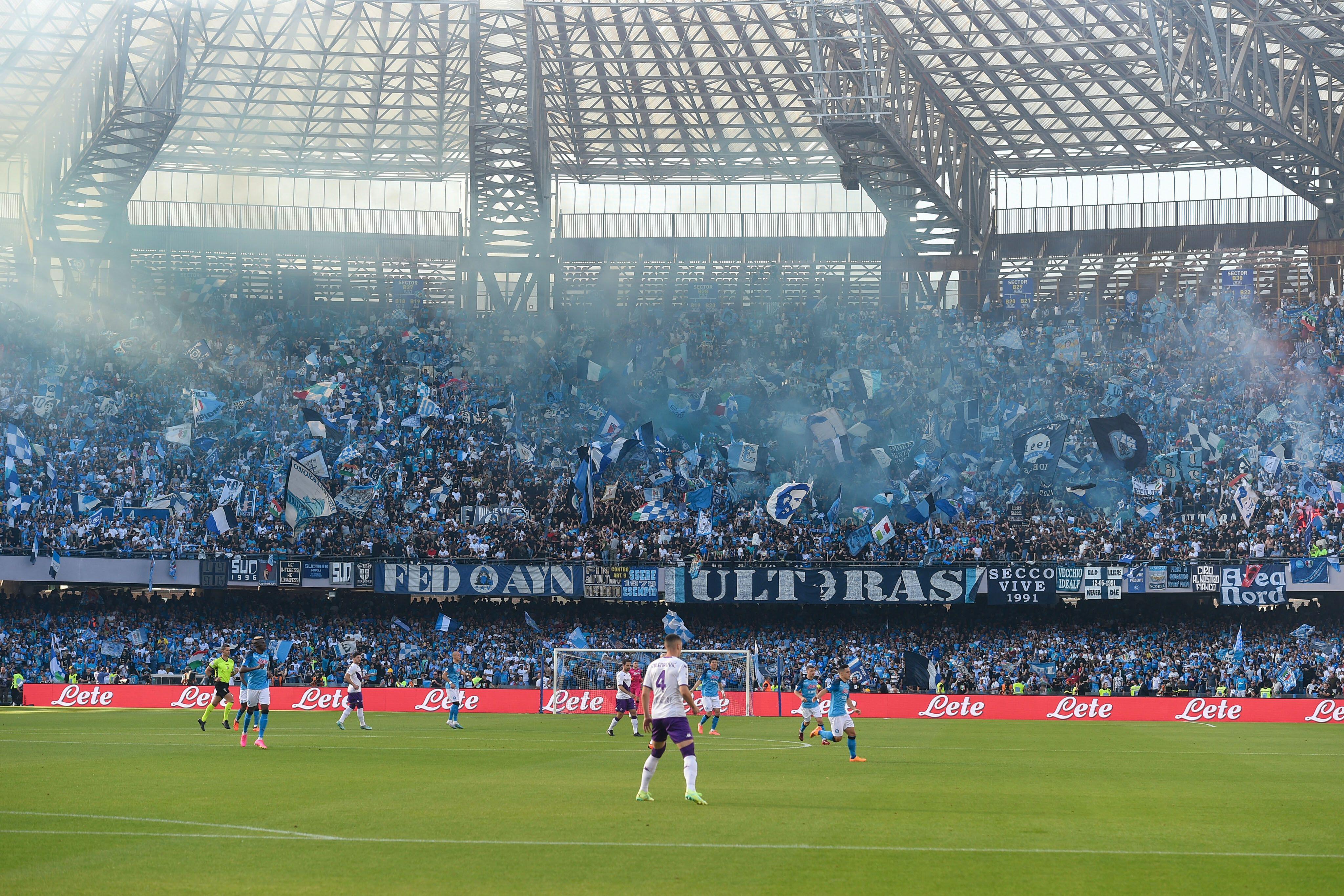
1. Naples, Italy (Napoli)
Most of Italy’s major cities have multiple major clubs; Naples does not, its footballing fame focused purely on Napoli – Scudetto winners for the third time in 2022/23.
I Partenopei actually went bankrupt in 2004, only for film producer Aurelio De Laurentiis to save them and oversee an incredible rise back to the very top.

Tom Hancock started freelancing for FourFourTwo in April 2019 and has also written for the Premier League and Opta Analyst, among others. He supports Wycombe Wanderers and has a soft spot for Wealdstone. A self-confessed statto, he has been known to watch football with a spreadsheet (or several) open...
